Andada ht - Regular
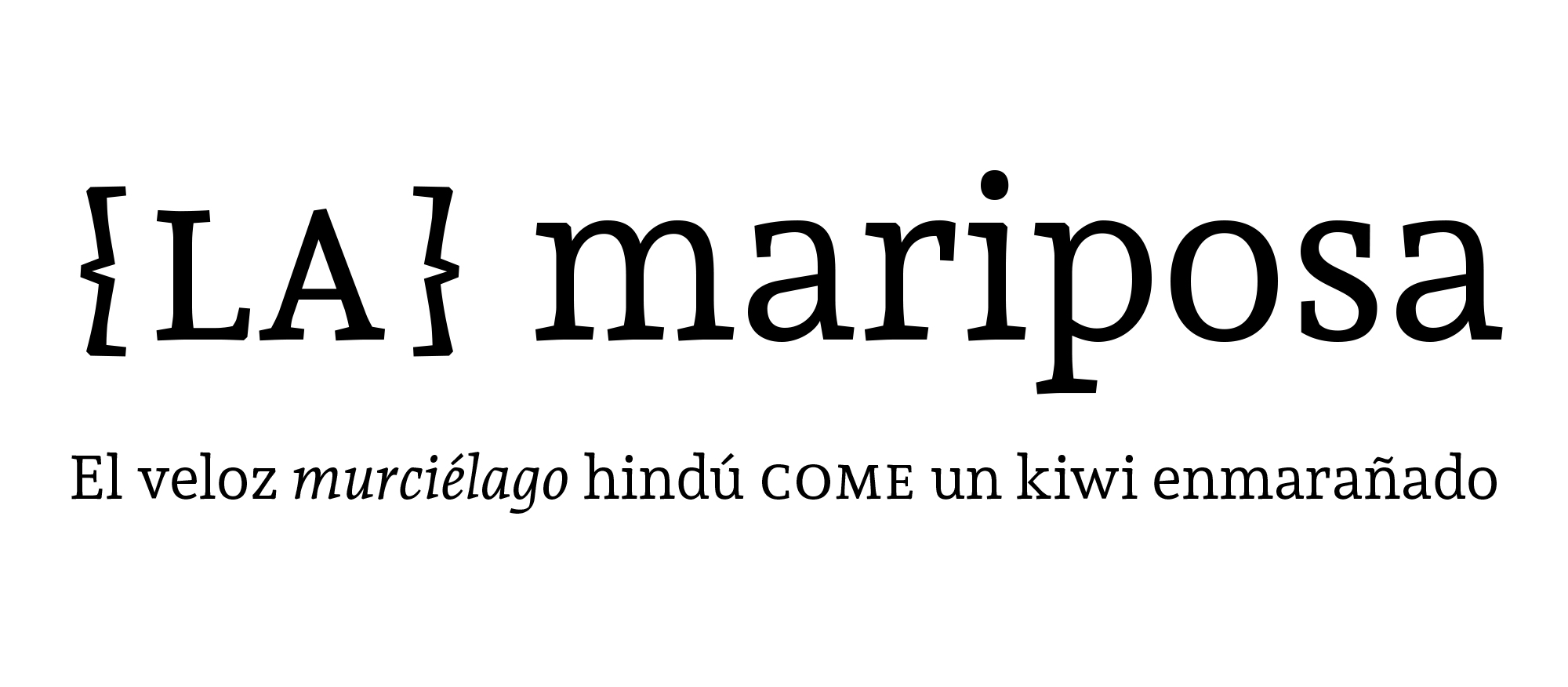
Andada ht - Italic
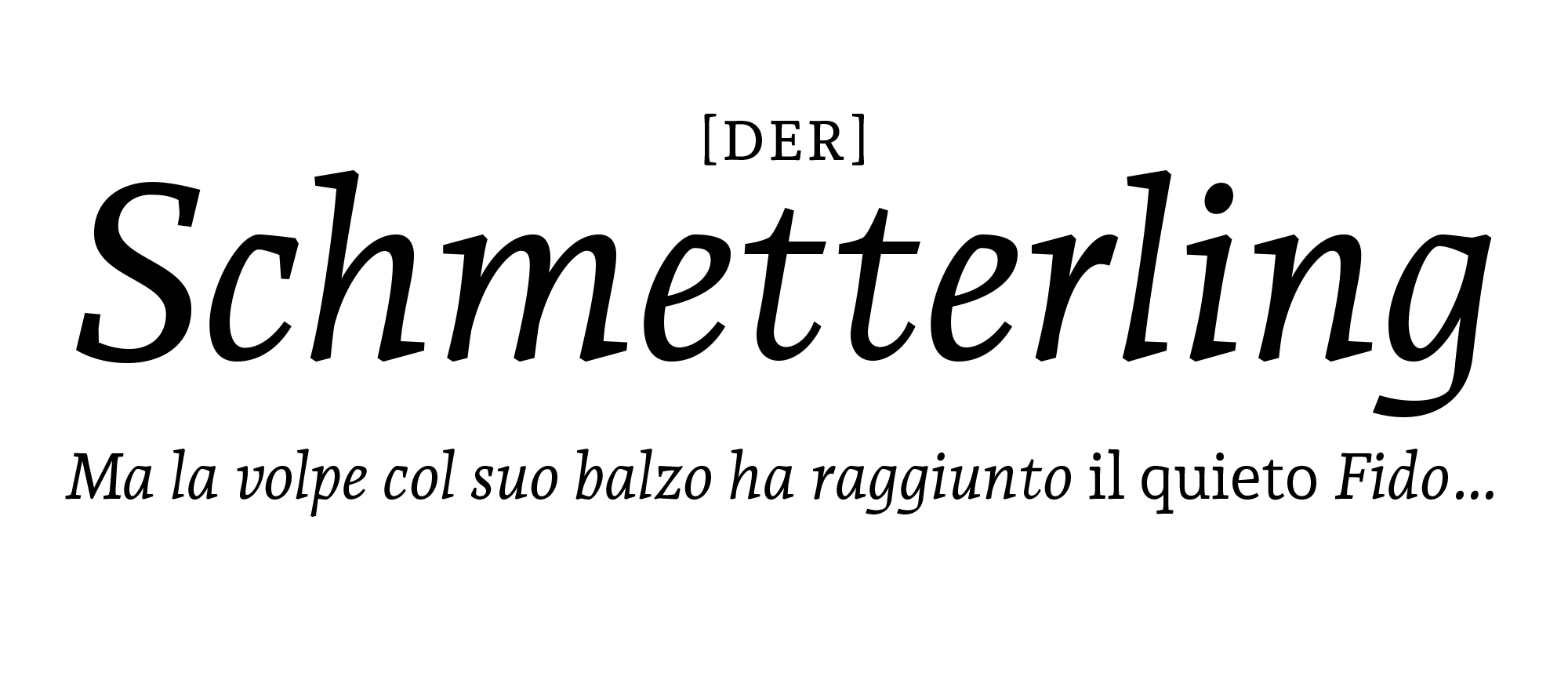
Andada ht - Medium
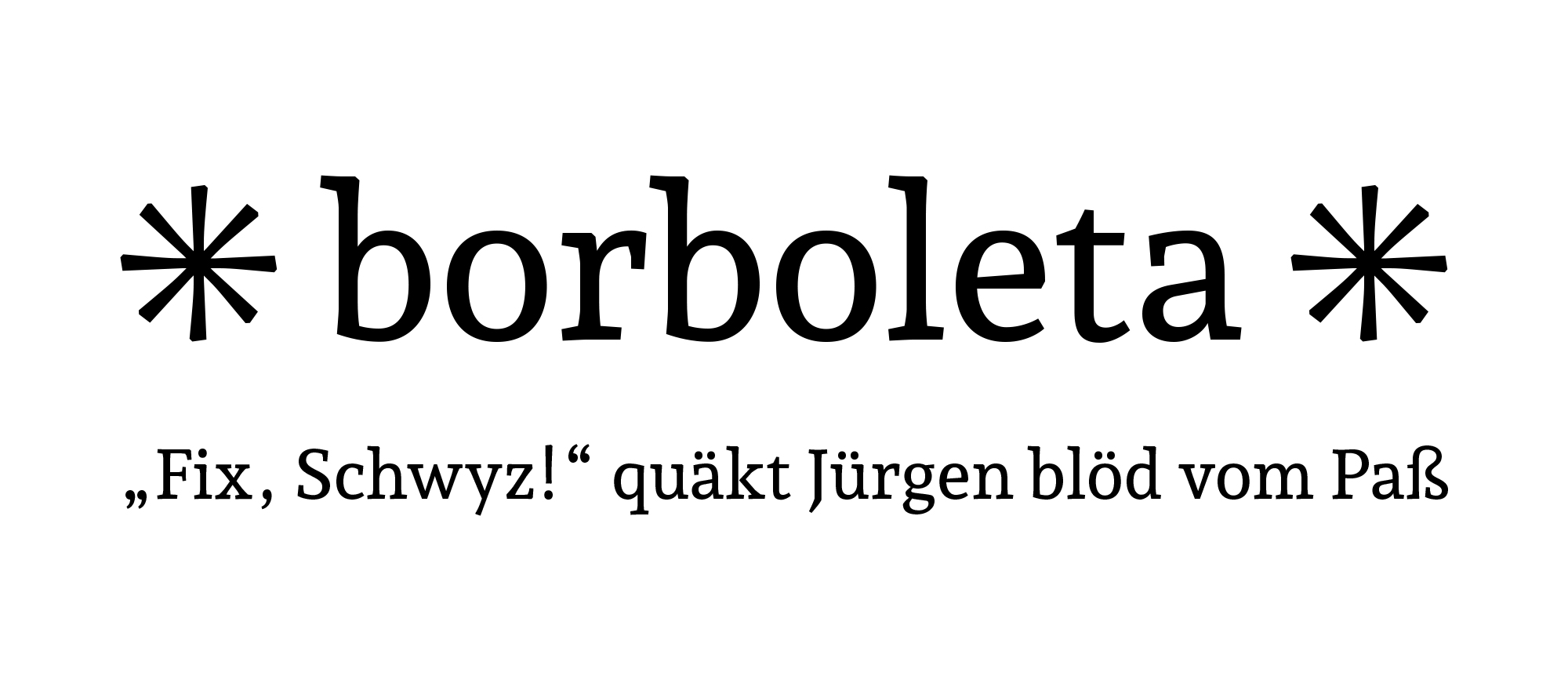
Andada ht - Medium Italic
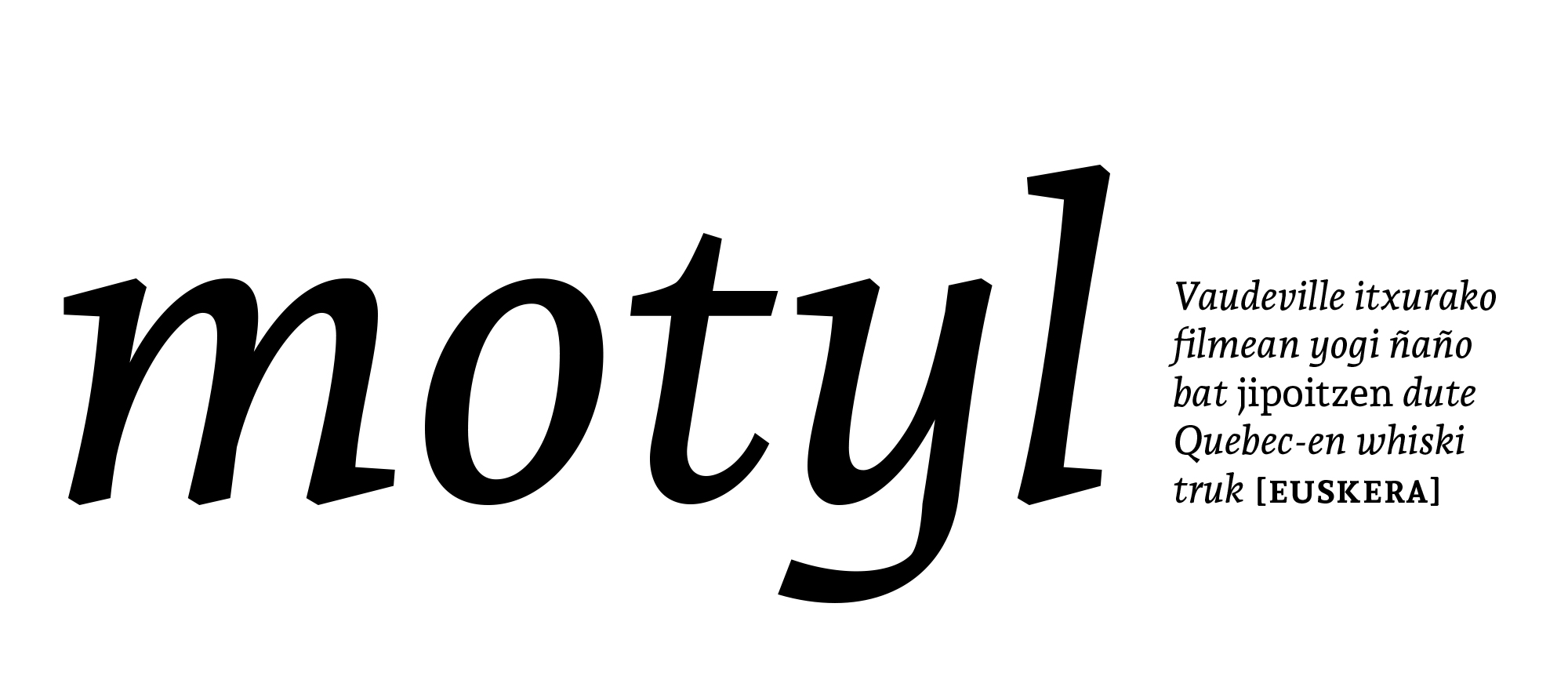
Andada ht - Bold

Andada ht - Bold Italic
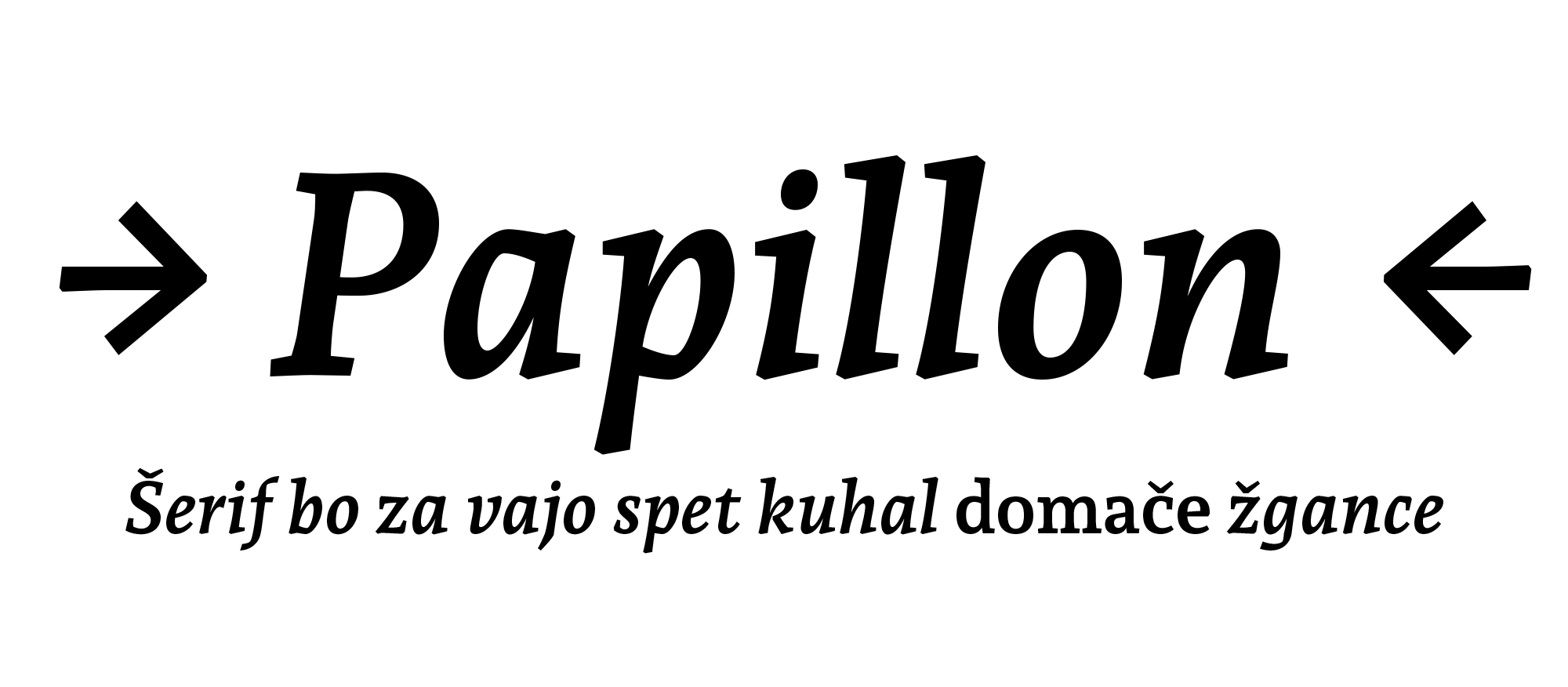
Andada ht - Extra bold
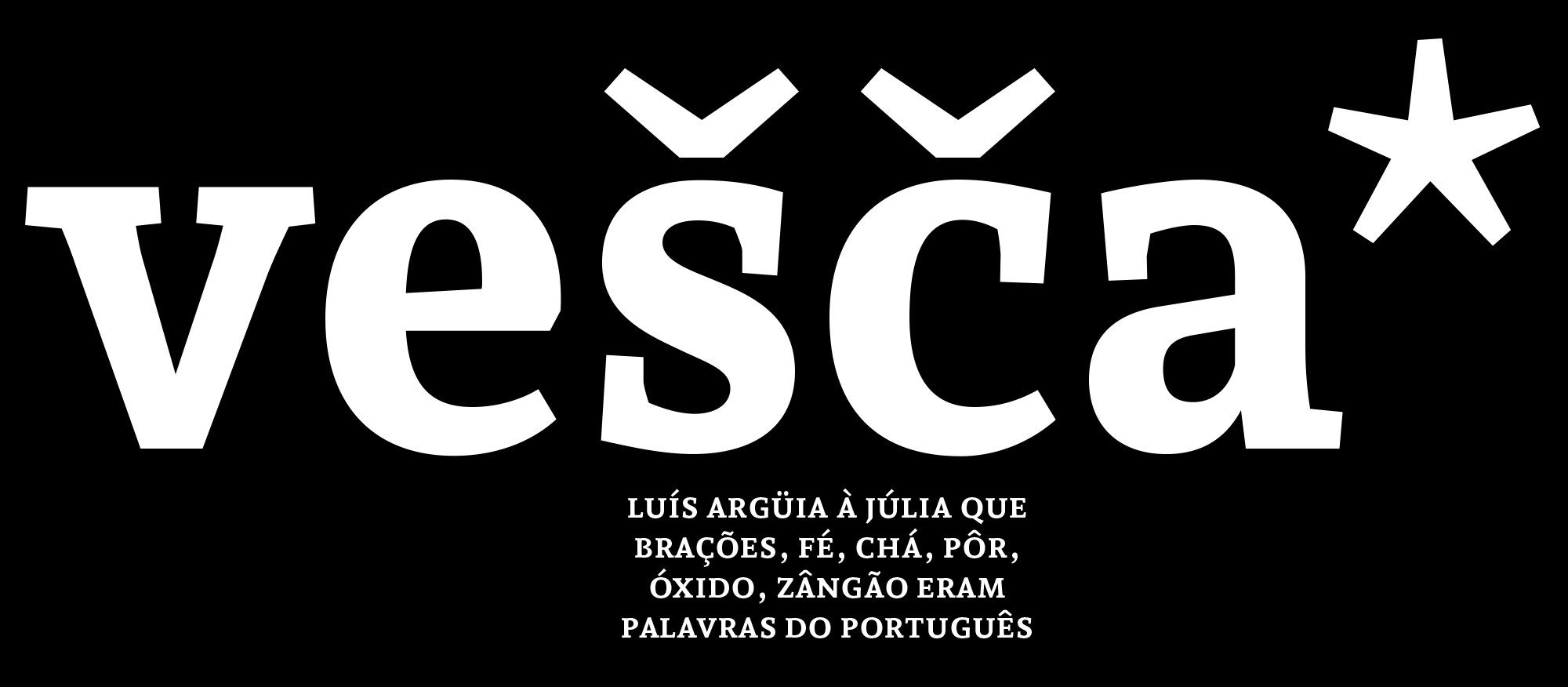
Andada ht - Extra bold Italic
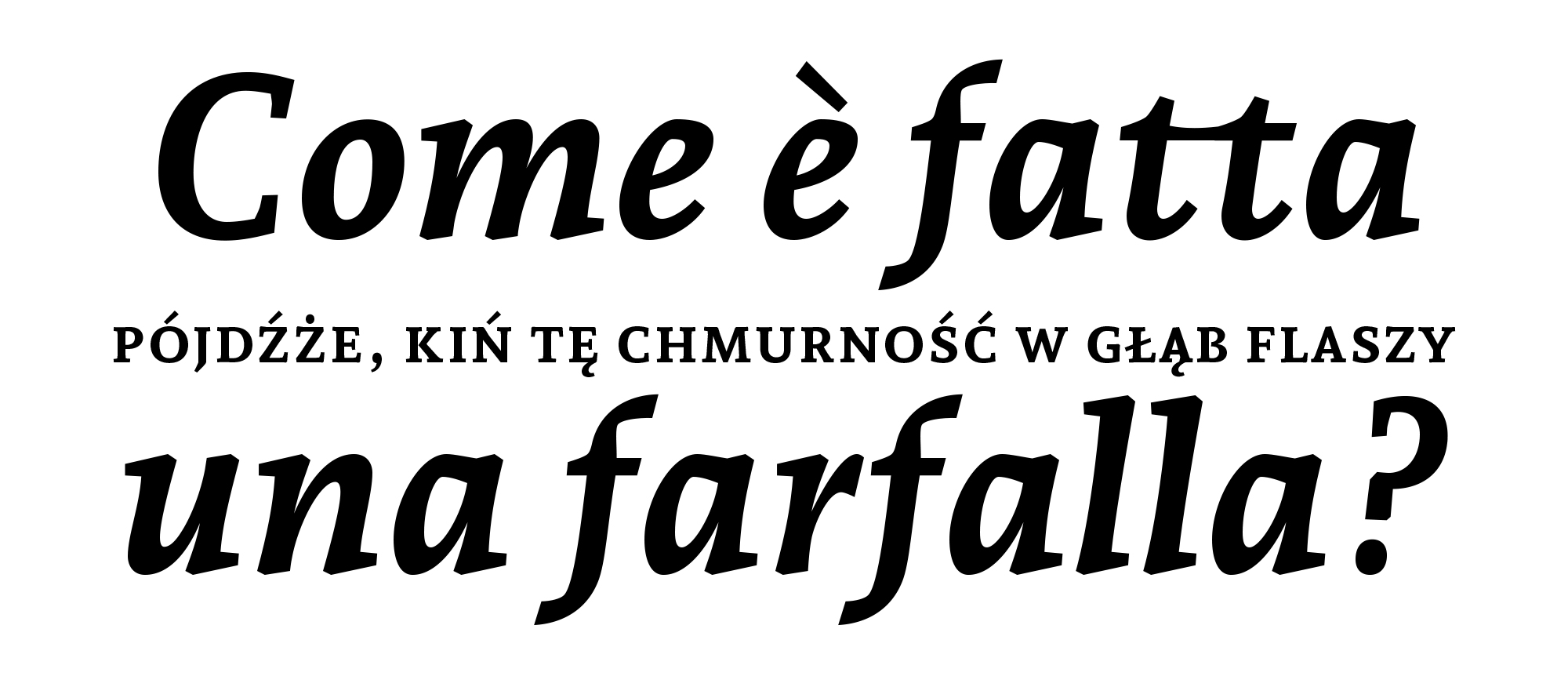








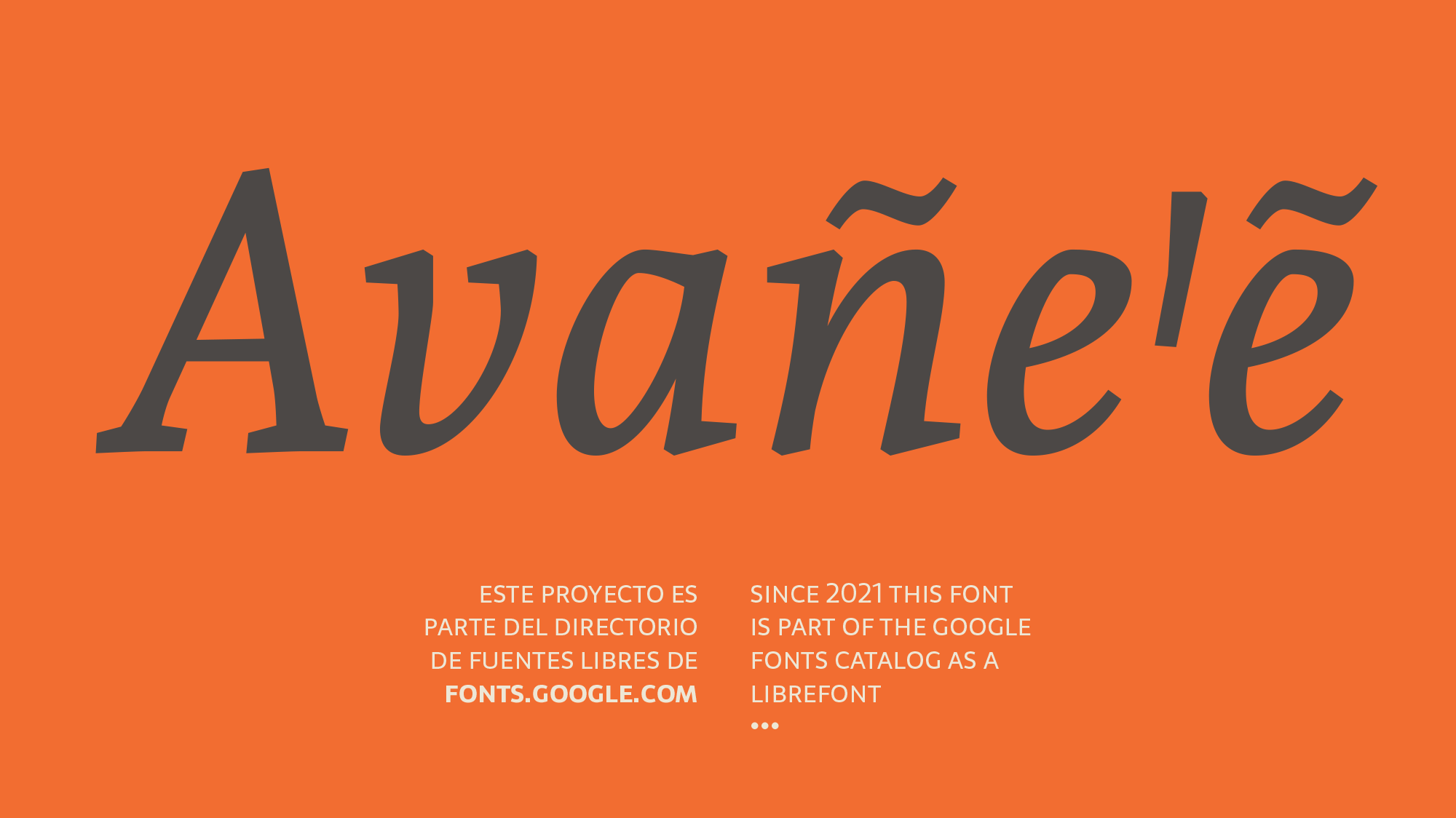
Andada ht was born from the relationship between language and typography. It is an organic-slab serif, hybrid style and medium contrast type for text. Initially it was designed to be used in a specific bilingual context, Spanish and Guaraní (pre-hispanic) languages therefore the language is its design criteria.
The Guaraní language uses the latin system, it has a character named puso, which is an identifying sign for Guaraní, like the ñ in Spanish, the č in Czech or the ß in German. The correct sign to represent the puso is the saltillo (Saltillo uniA78B, saltillo uniA78C), but usually it’s replaced by an apostrophe because the saltillo does not appear in the spanish, english or portuguese keyboards layouts.
During these 10 years of work I have looked for different solutions to improve the composition of text in guaraní, from the typographical and technical points of view.
I have developed a new keyboard distribution, which allows the guaraní language users to normally type in their language.
More info: https://github.com/huertatipografica/teclado-Guarani
Following the original idea of language as design criteria, Andada ht has improved its performance in different languages:
ss03 replaces the connect cedilla with the disconnected cedilla.Since 2019 Andada ht has 4 weights. The Regular is lighter and the bold turns into extra bold, and now there is room for the new family members.
Classification: Letter.
Many alphabets use it to represent glottal occlusion or glotal stop phoneme. It doesn't have a shortcut on the Spanish or English keyboard layouts, this is the reason for its resemblance to the apostrophe, which has a key. That replacement creates confusion. Saltillo and apostrophe have different Unicode points and functional categories, one is a letter and the other is a punctuation mark, this discrepancy causes conflicts in the digitization of texts.
Classification: Punctuation mark.
Many languages use the apostrophe as mark elision, separate morphemes or indicate inflections. This glyph also coincides with the single quotation mark, which in Spanish occupies the last hierarchy « “ ‘Hello’ ” ». Many linguists and authors use it to graphically represent the phonemes of the glotal occlusion, suspension or the aspirated letters.
Classification: Mathematical sign.
This sign is used as the abbreviation of minute (60′ = 1º) or the measure of foot length (1 ′ = 12 ″). It can be straight or inclined but it doesn’t have to be confused with the quotation mark.
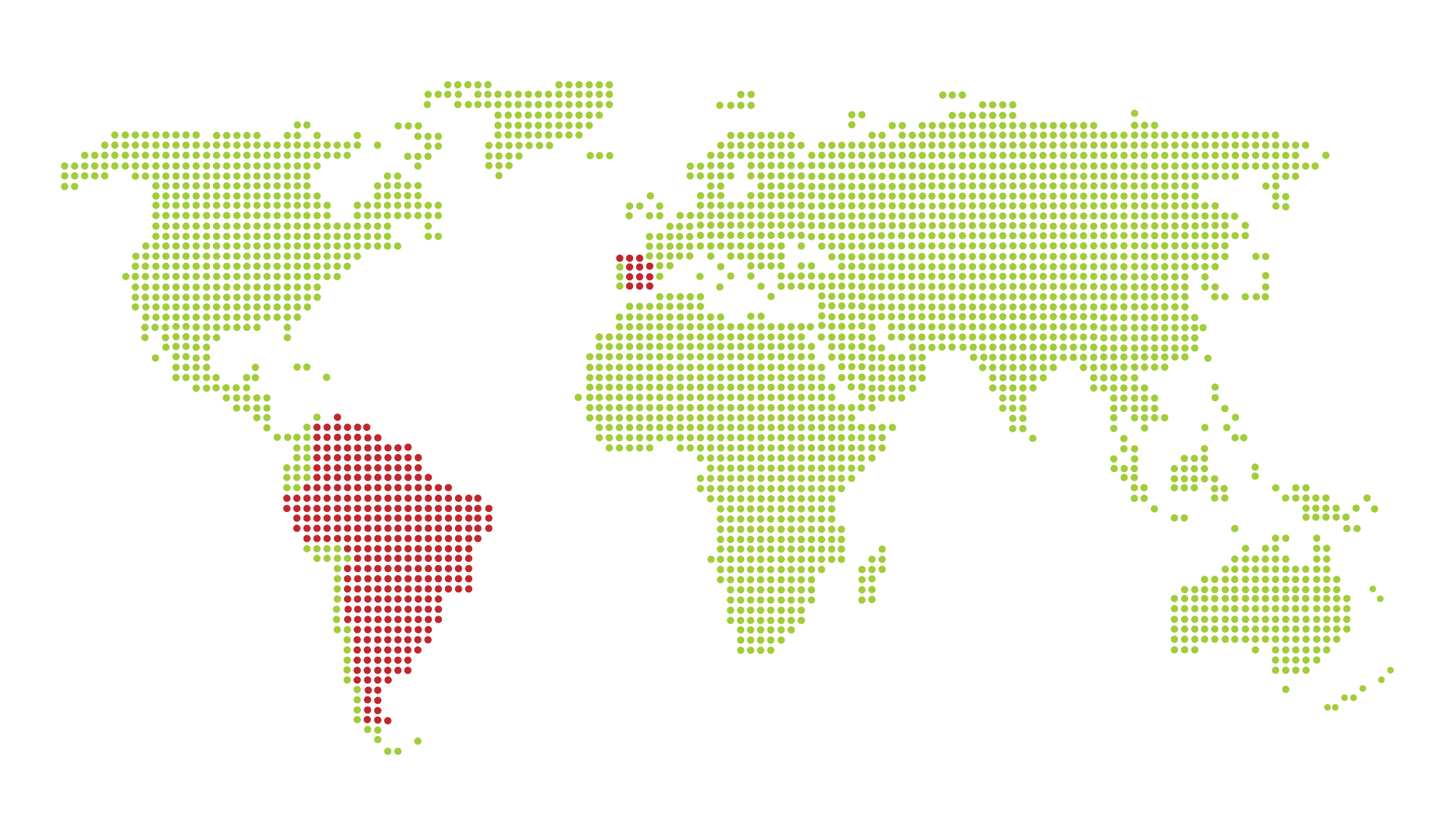
Latin America, Caribbean, Spain and differents regions where Guaraní-speaking groups live.
It is an official language in:
It is regulated by the Guaraní Language Academy.
It has approximately 8,000,000 speakers.
Its family language is Tupí.
It uses the Latin system writing.
I've developed Andada ht specifically for the variety known as Paraguayan Guarani (Avañeꞌẽ) that belongs to the Tupi–Guarani family of the Tupian languages.
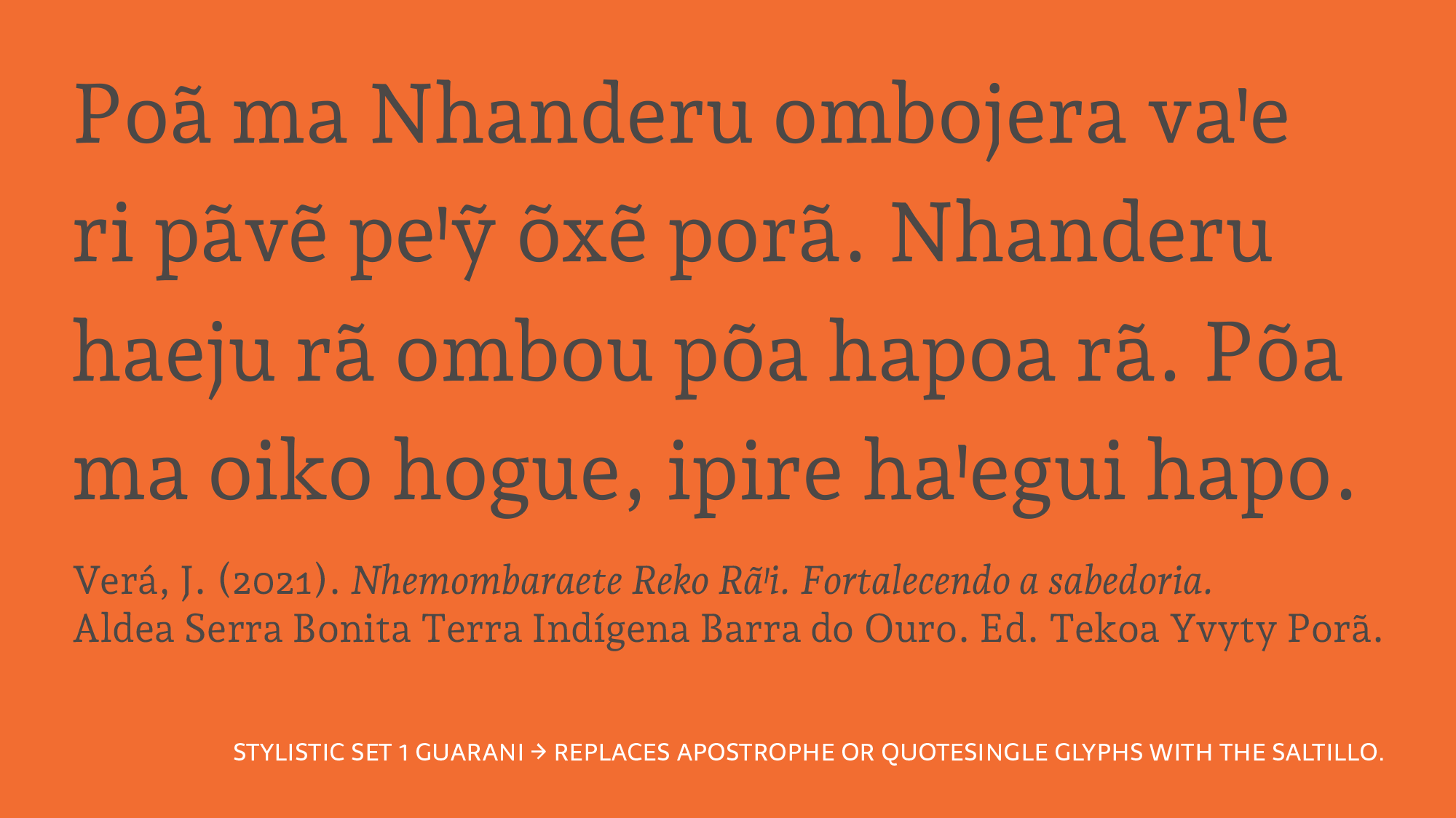
It's made up of 33 letters, ordered as follows:
A, Ã, Ch, E, Ẽ, G, G̃, H, I, Ĩ, J, K, L, M, Mb, N, Nd, Ng, Nt, Ñ, O, Õ, P, R, Rr S, T, U, Ũ, V, Y, Ỹ, Ꞌ.
It is regulated by the Guaraní Language Academy.
It has approximately 8,000,000 speakers.
Its family language is Tupí
It uses the Latin system writing.
I've developed Andada ht specifically for the variety known as Paraguayan Guarani (AvañeꞋẽ) that belongs to the Tupi–Guarani family of the Tupian languages.
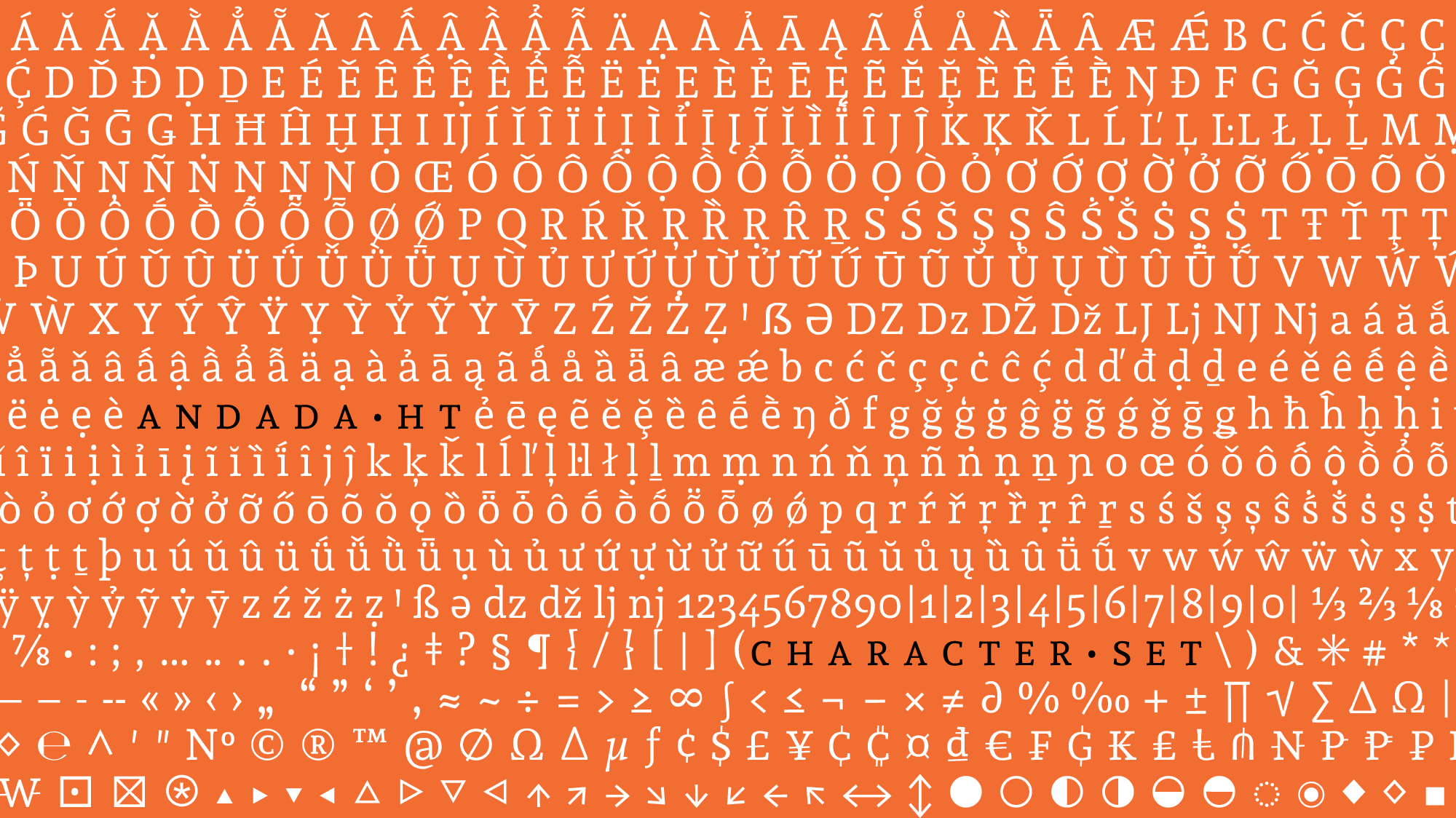
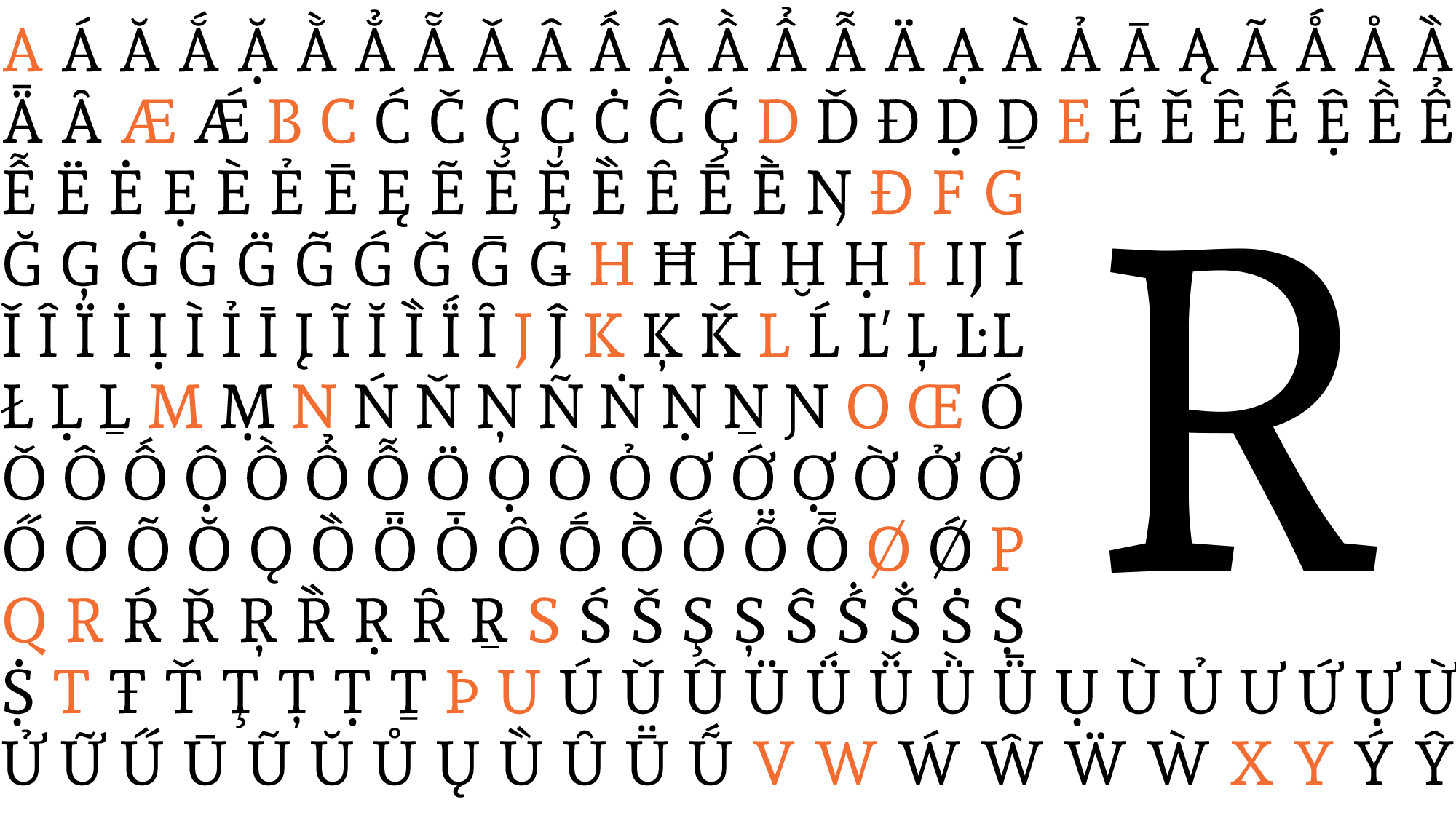
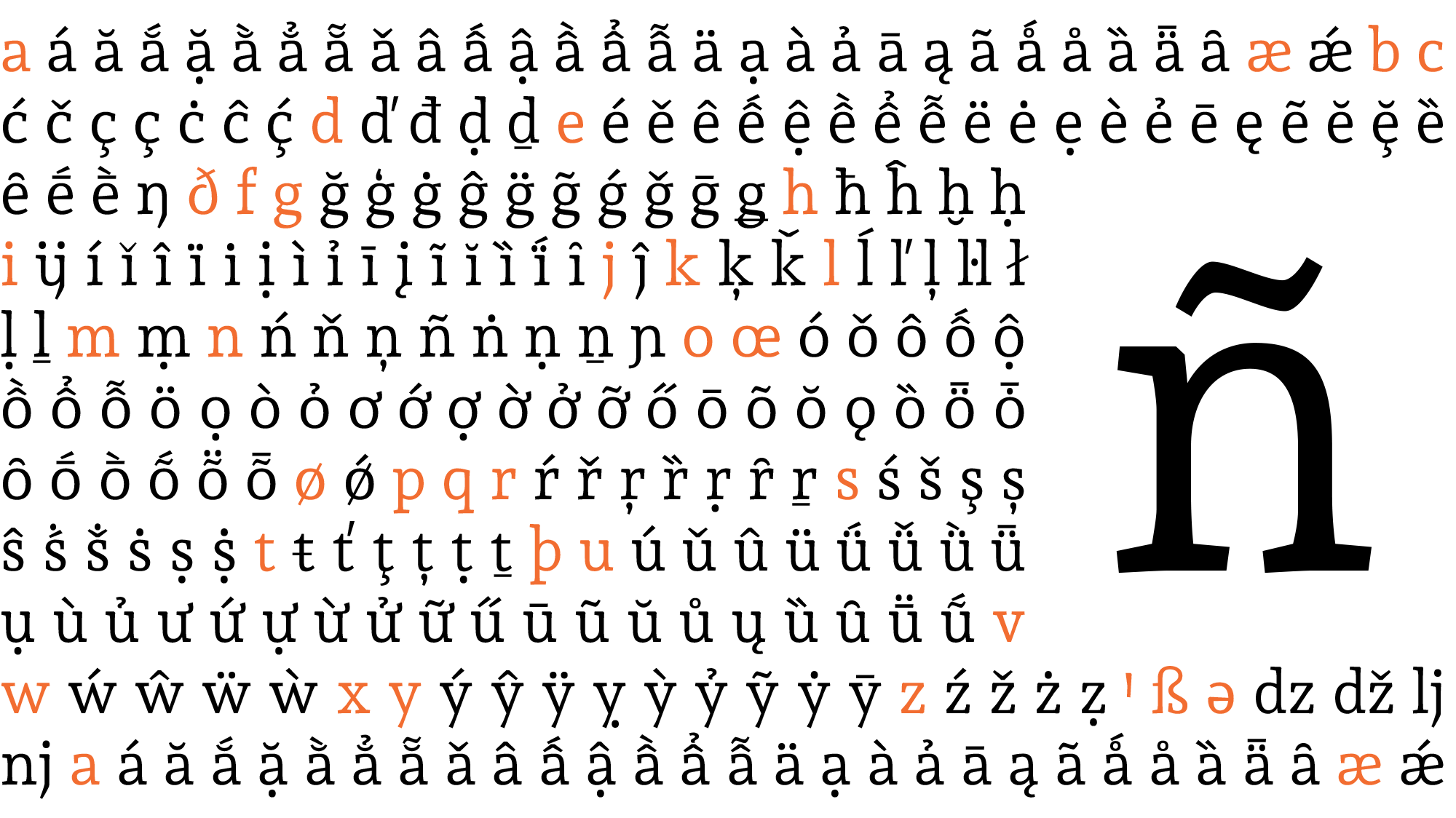
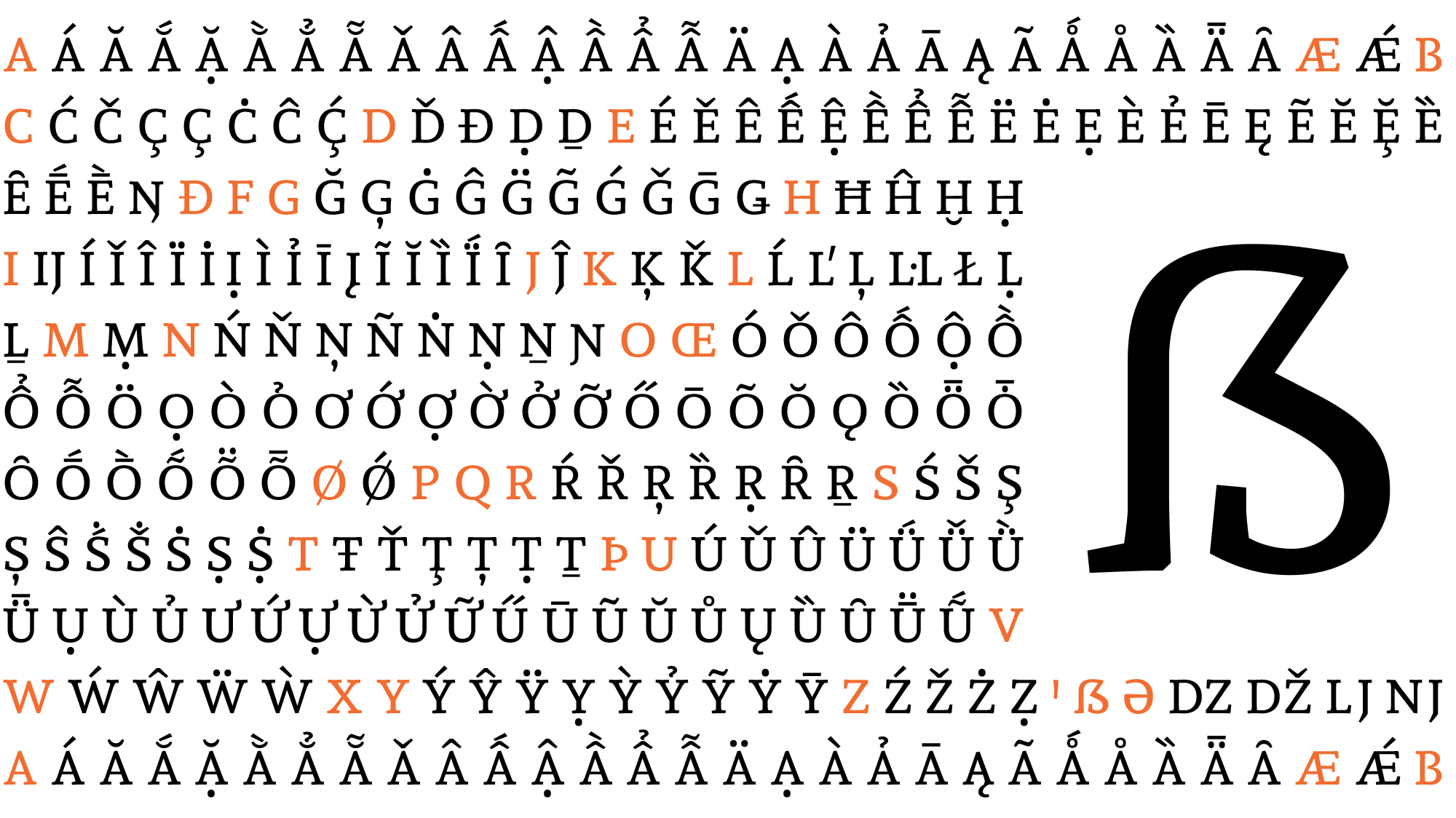


The language validation from Underware validates that Andada ht pro supports 219 languages from 212 countries:
Abenaki, Afaan Oromo, Afar, Afrikaans, Albanian, Alsatian, Amis, Anuta, Aragonese, Aranese, Aromanian, Arrernte, Arvanitic (Latin), Asturian, Atayal, Aymara, Azerbaijani, Bashkir (Latin), Basque, Belarusian (Latin), Bemba, Bikol, Bislama, Bosnian, Breton, Cape Verdean , Creole, Catalan, Cebuano, Chamorro, Chavacano, Chichewa, Chickasaw, Cimbrian, Cofán, Cornish, Corsican, Creek, Crimean Tatar (Latin), Croatian, Czech, Danish, Dawan, Delaware, Dholuo, Drehu, Dutch, English, Esperanto, Estonian, Faroese, Fijian, Filipino, Finnish, Folkspraak, French, Frisian, Friulian, Gagauz (Latin), Galician, Ganda, Genoese, German, Gikuyu, Gooniyandi, Greenlandic (Kalaallisut), Guadeloupean Creole, Gwich’in, Haitian Creole, Hän, Hawaiian, Hiligaynon, Hopi, Hotcąk (Latin), Hungarian, Icelandic, Ido, Igbo, Ilocano, Indonesian, Interglossa, Interlingua, Irish, Istro-Romanian, Italian, Jamaican, Javanese (Latin), Jèrriais, Kaingang, Kala , Lagaw Ya, Kapampangan (Latin), Kaqchikel, Karakalpak (Latin), Karelian (Latin), Kashubian, Kikongo, Kinyarwanda, Kiribati, Kirundi, Klingon, Kurdish (Latin), Ladin, Latin, Latino sine Flexione, Latvian, Lithuanian, Lojban, Lombard, Low Saxon, Luxembourgish, Maasai, Makhuwa, Malay, Maltese, Manx, Māori, Marquesan, Megleno-Romanian, Meriam , Mir, Mirandese, Mohawk, Moldovan, Montagnais, Montenegrin, Murrinh-Patha, Nagamese Creole, Nahuatl, Ndebele, Neapolitan, Ngiyambaa, Niuean, Noongar, Norwegian, Novial, Occidental, Occitan, Old Icelandic, Old , Norse, Onĕipŏt, Oshiwambo, Ossetian (Latin), Palauan, Papiamento, Piedmontese, Polish, Portuguese, Potawatomi, Q’eqchi’, Quechua, Rarotongan, Romanian, Romansh, Rotokas, Sami (Inari Sami), Sami (Lule Sami), Sami (Northern Sami), Sami (Southern Sami), Samoan, Sango, Saramaccan, Sardinian, Scottish Gaelic, Serbian (Latin), Seri, Seychellois Creole, Shawnee, Shona, Sicilian, Silesian, Slovak, Slovenian, Slovio (Latin), Somali, Sorbian (Lower Sorbian), Sorbian (Upper Sorbian), Sotho (Northern), Sotho (Southern), Spanish, Sranan, Sundanese (Latin), Swahili, Swazi, Swedish, Tagalog, Tahitian, Tetum, Tok Pisin, Tokelauan, Tongan, Tshiluba, Tsonga, Tswana, Tumbuka, Turkish, Turkmen (Latin)Tuvaluan, Tzotzil, Uzbek (Latin), Venetian, Vepsian, Volapük, Võro, Wallisian, Walloon, Waray-Waray, Warlpiri, Wayuu, Welsh, Wik-Mungkan, Wiradjuri, Wolof, Xavante, Xhosa, Yapese, Yindjibarndi, Zapotec, Zarma, Zazaki, Zulu & Zuni.

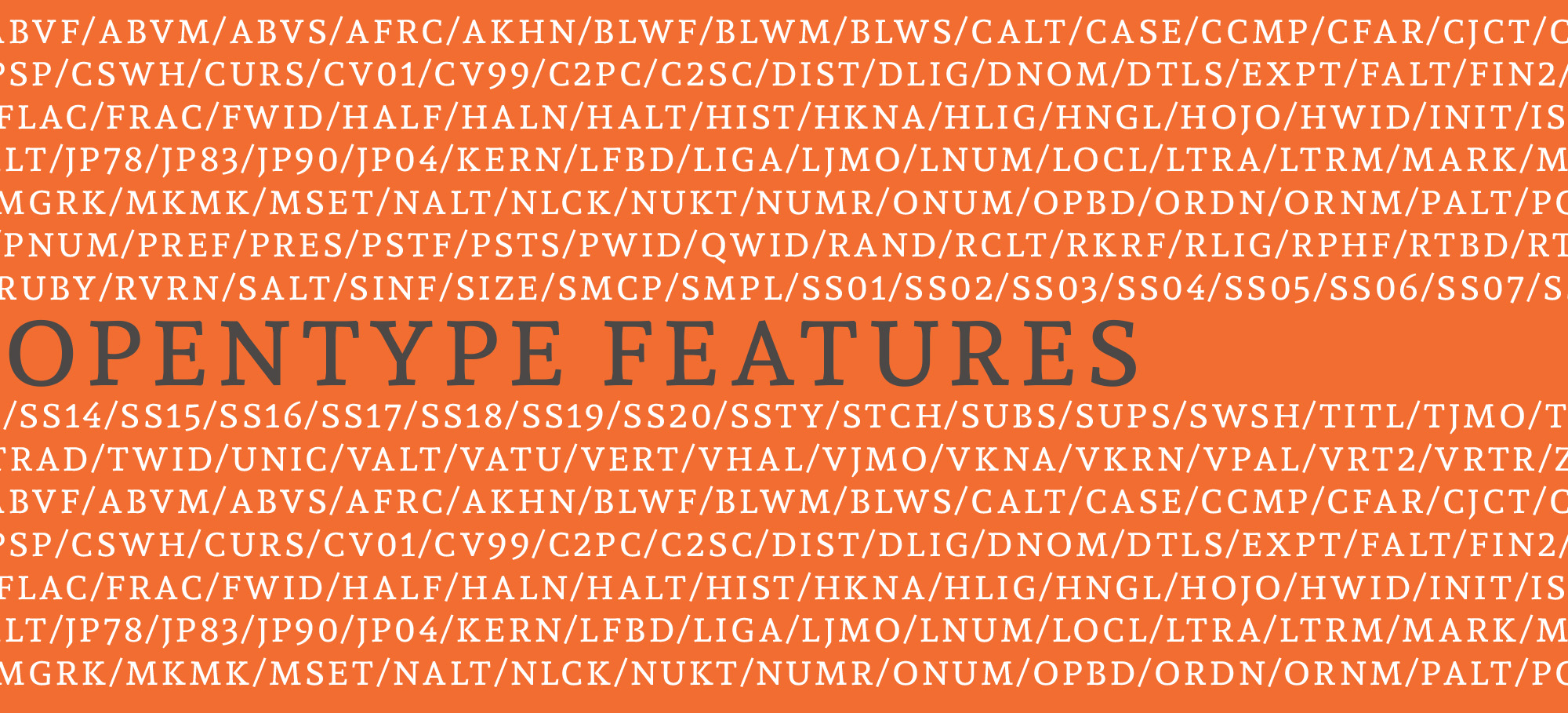
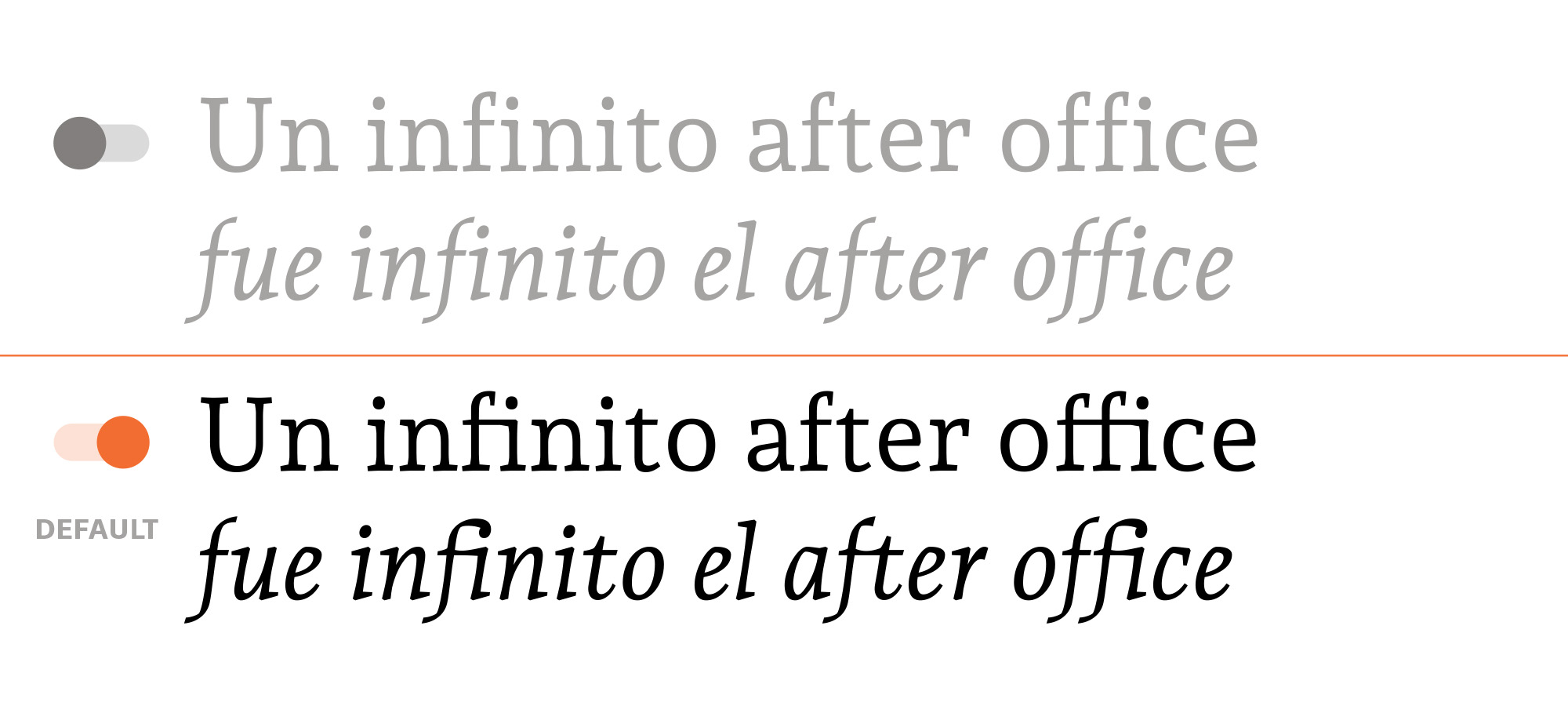
[liga]Historically, these ligatures were designed to improve the kerning and readability of certain letter pairs that, due to their design or structure make the setting difficult. Here, this tradition continues as an aesthetic resource. This feature should be active by default. Here are the standard and historical ligatures.
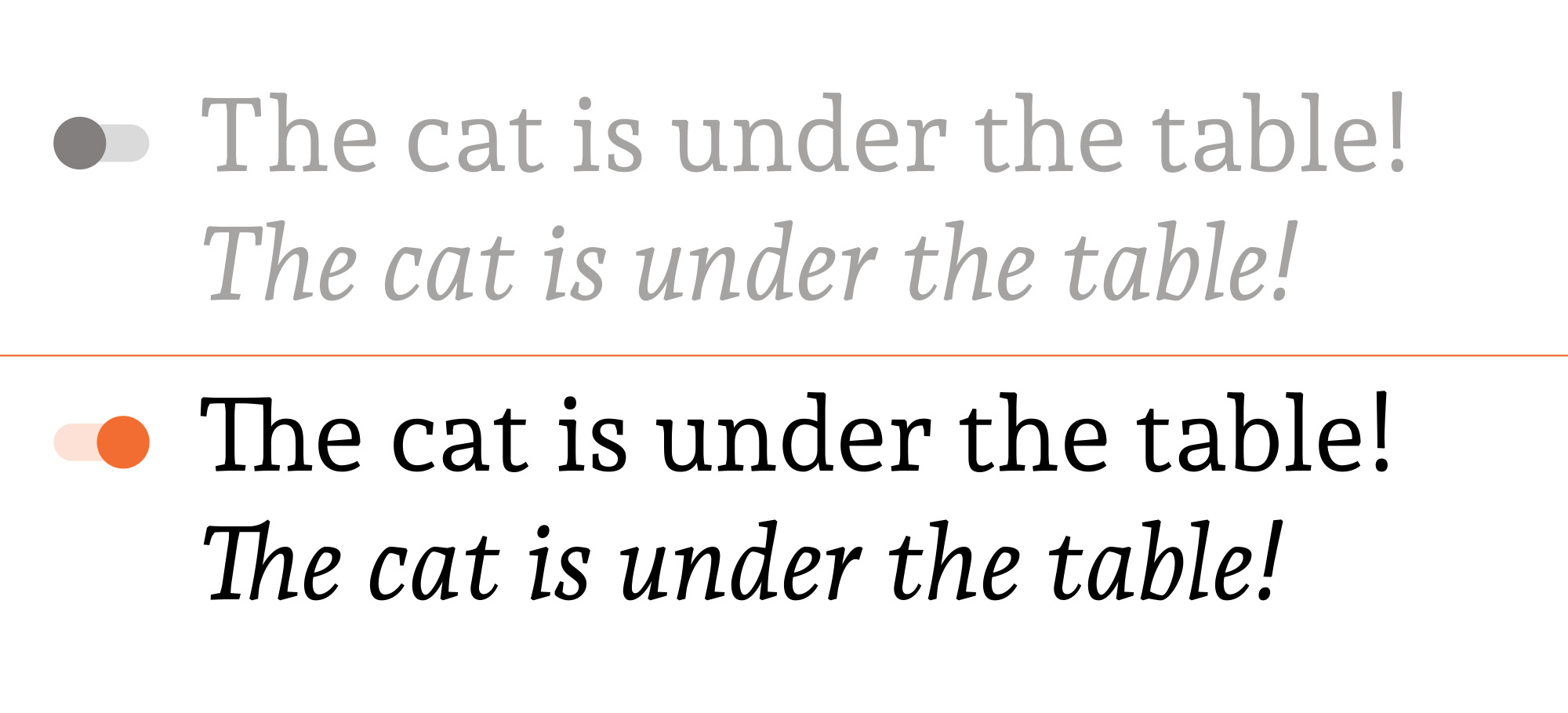
[dlig]They are designed to be ornamental, and not specifically designed for readability. This feature should be off by default.

[calt]This feature should be active by default. It is designed to enhance readability by providing better joining behavior between the characters that make up the ligature.

[smcp][c2sc]We have two small caps options:
The orthotypographic rules or “conventions” for the use of small caps are not strict, nowadays their function is more aesthetic than communicational.
[More info: Orthotypography]
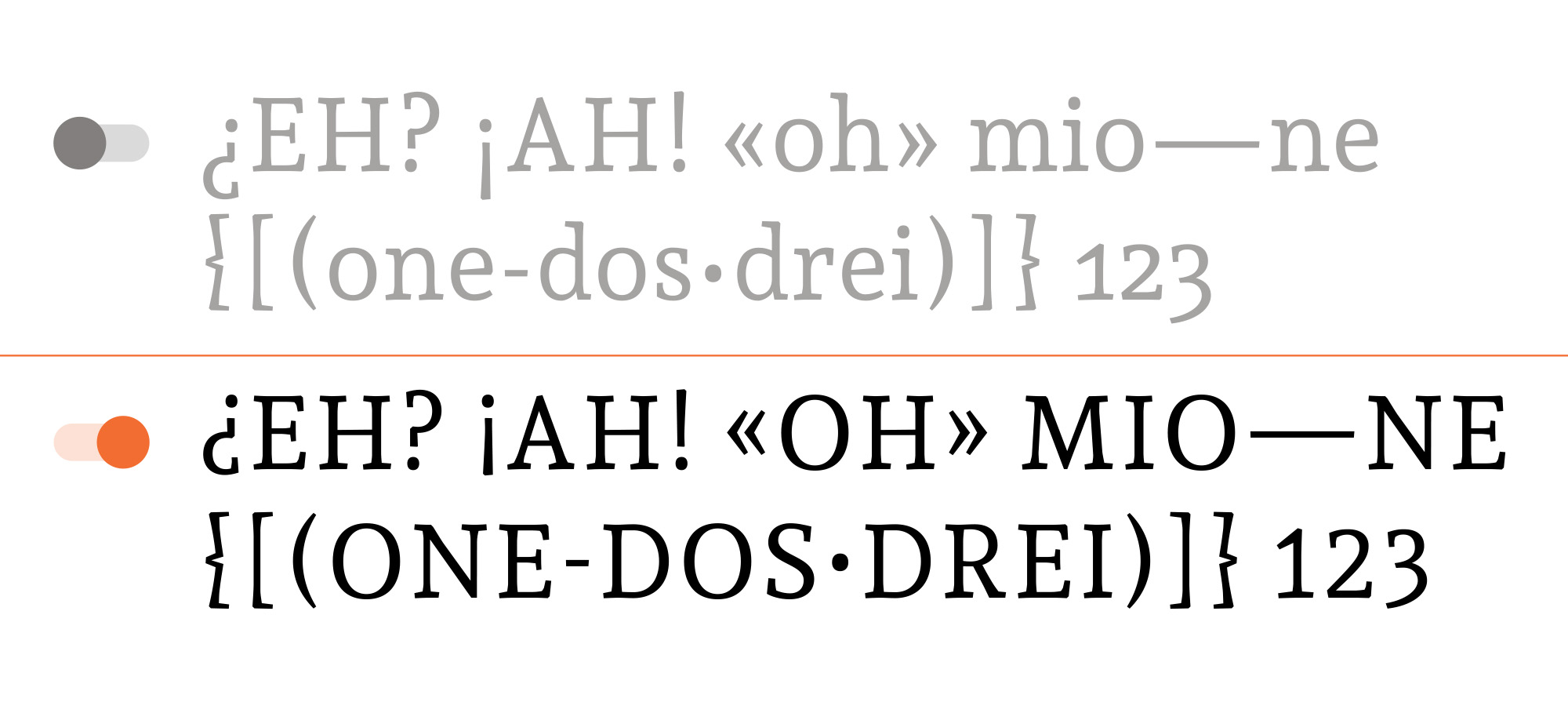
[case]By default, glyphs in a text typeface are designed to work with lowercase characters, sometimes you could need to set your text in all caps, then figures, parenthesis, guillemets, dashes, hyphens and other punctuation marks don’t match with lowercase. When the “all caps feature” (not when text is typed in caps) is enabled case-sensitive forms are automatically applied. The coexistance between uppercase, non alphabetic signs, numbers, punctuation, etc, required a space, proportion and position review. This feature is developed to enhance the word's and paragraph's rhythm.
It's active by default when the text has the “All Caps” option enabled.
The typographic categories affected are: letters, punctuation, figures and symbols.
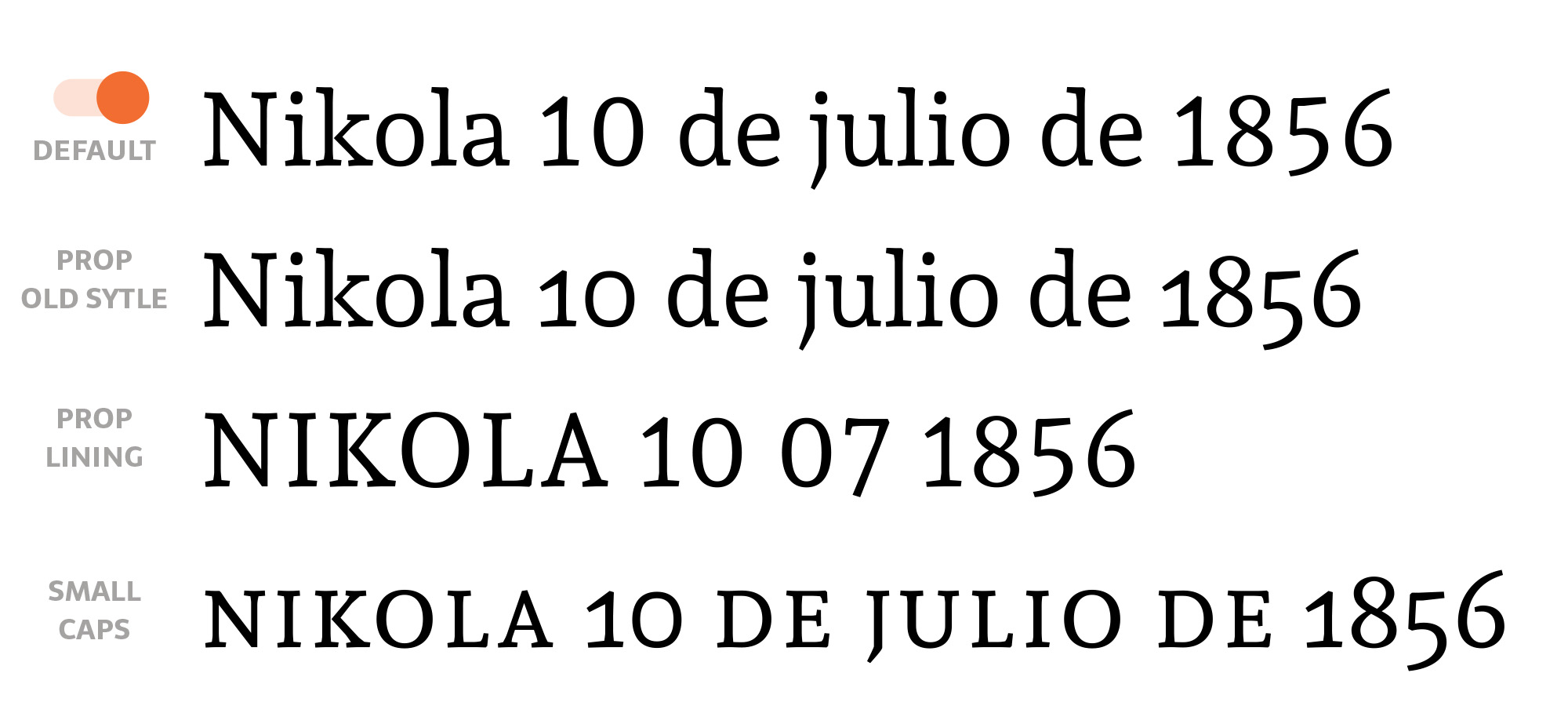
Each figure (number) set is designed for a particular design situation. Therefore each set has its own space, proportion and structure to live together with its own type-partners.
Lining or uppercase figures are designed to harmonize with uppercase, and old style, lowercase or Elzevir figures are designed to live together with lowercase then, they have ascender, descender and lowercase proportion.
The lining figures in Andada ht are not lining, they are “hybrid figures” and they are the default set. They have shorter ascender and descender and proportion between uppercase and lowercase.
[More info: Orthotypography]
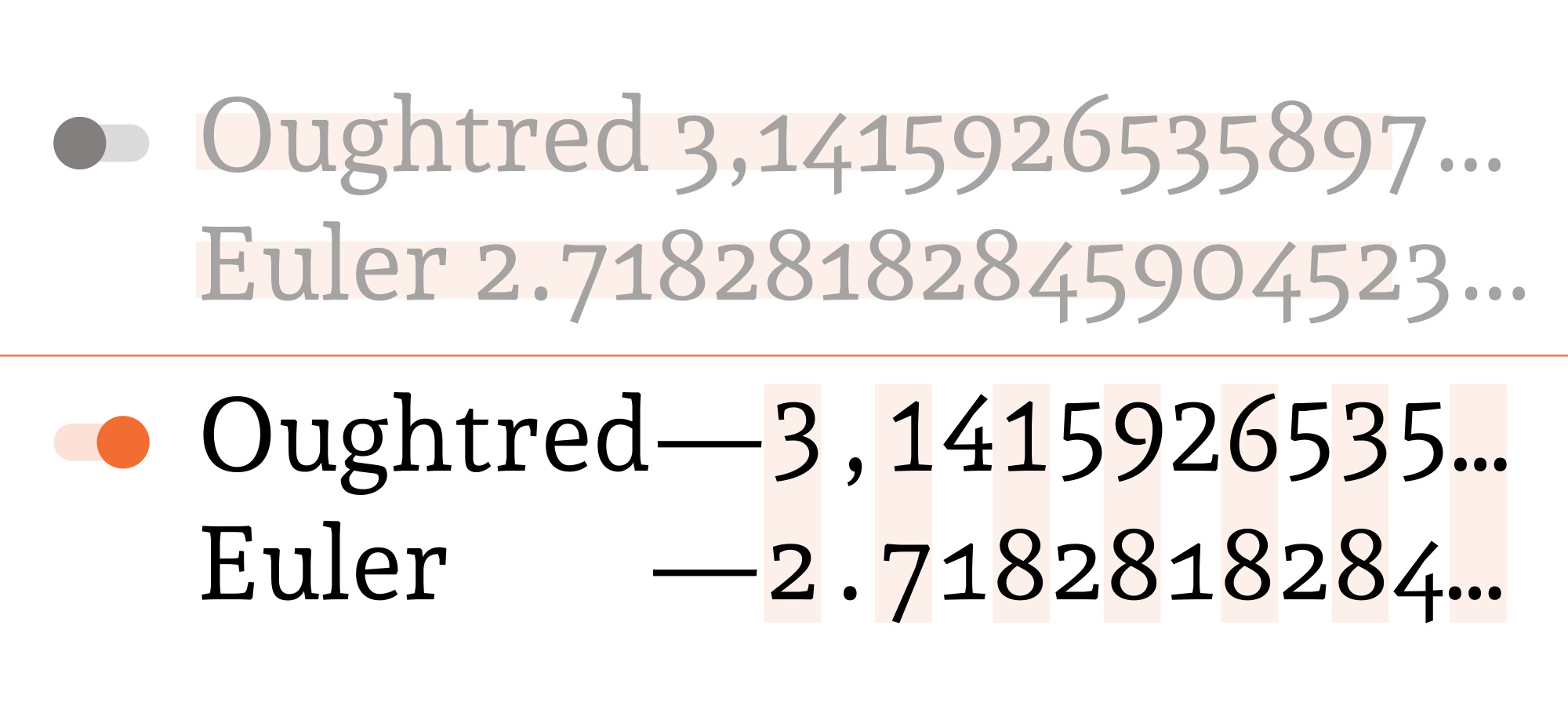
The tabular figures’ priority is the vertical readability and the proportional figures’ priority is the horizontal readability.
The tabular figures have a fixed width in all weights and variables. They can build a column in tables and lists.
The proportional have different proportion to harmonize with horizontal text context.
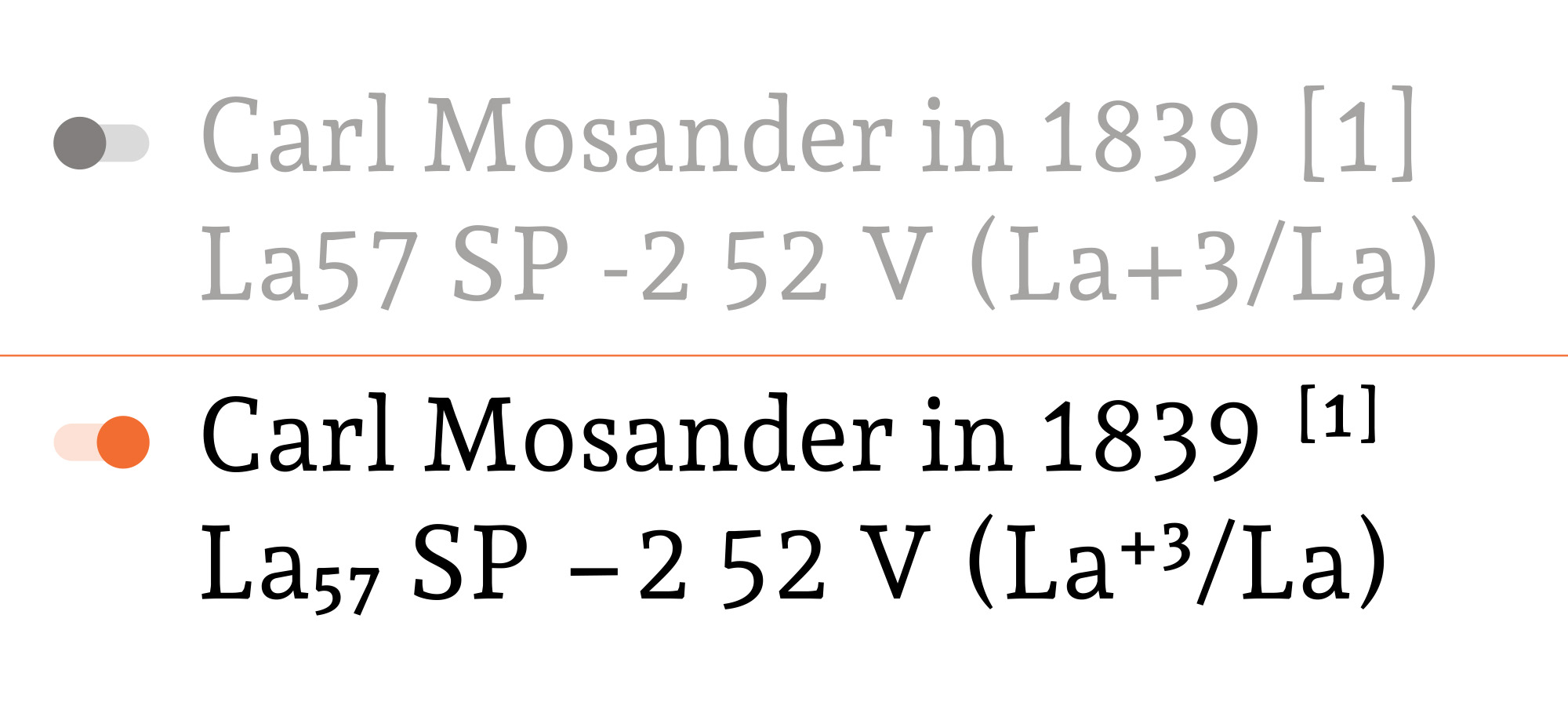
[sups] ↑ [subs] = Scientific Inferiors [sinf] ↓This feature replaces all figures with their superior/inferiors alternates. These can be used for footnotes, mathematical, chemical or scientific notation.
The superscript set affected are figures, lowercase letters, some punctuations and some symbols.
On the other hand, subscript and scientific inferior are the same set.
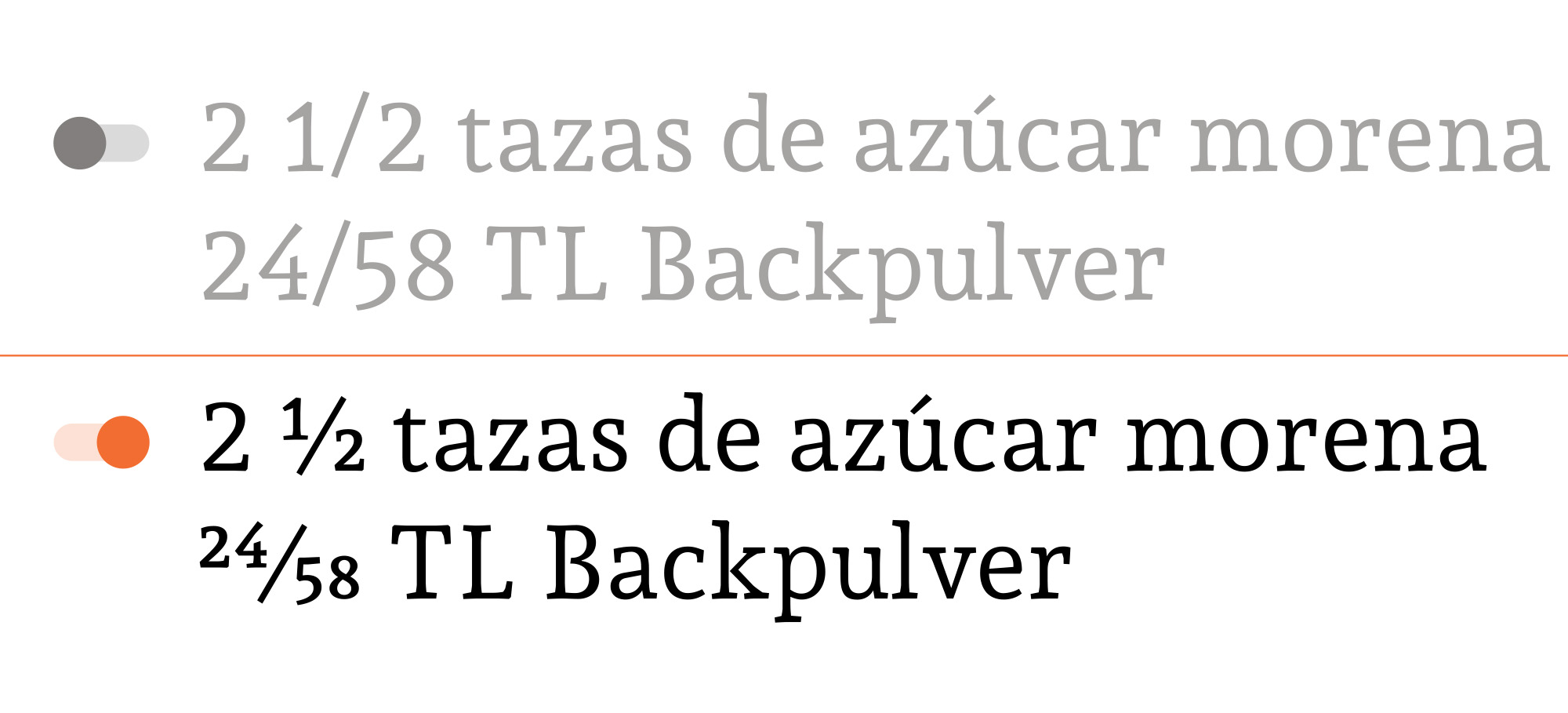
[frac][numr] ↑[dnom] ↓ Numerators and denominators are aligned to build diagonal fractions.
The font includes a basic set —¼ ½ ¾ ⅓ ⅔ ⅛ ⅜ ⅝ ⅞—, which is enabled by default with the openType ligatures.
If the fraction feature is enabled, you can build any fractions quickly only typing the sequence: [number] [slash] [number]. The numbers before the slash are replaced by numerators, the numbers after slash are replaced by denominators and the slash glyph is replaced by the bar.
This feature can differentiate between fractions and dates.
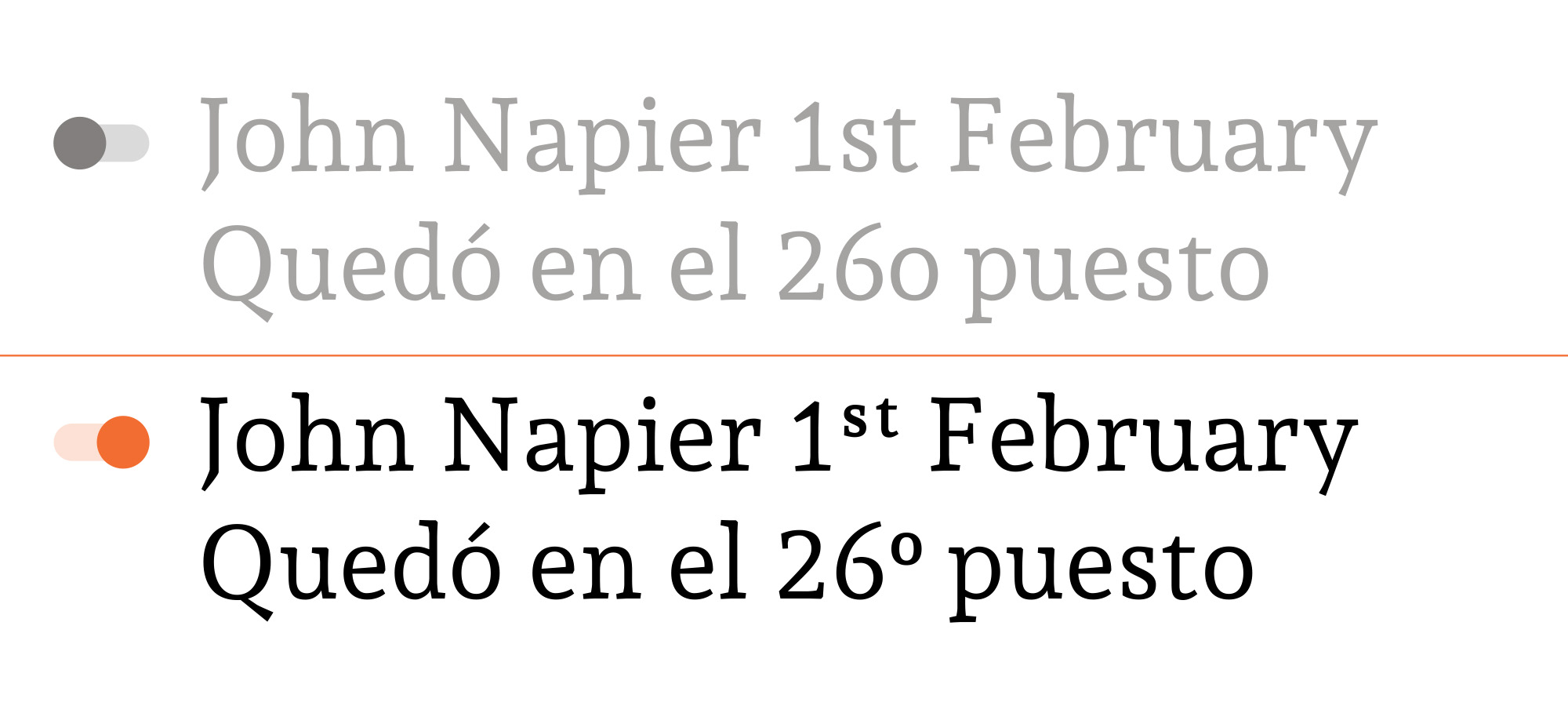
[ordn]This feature replaces default alphabetic glyphs with the corresponding ordinal forms and transform it in an ordinal expression.
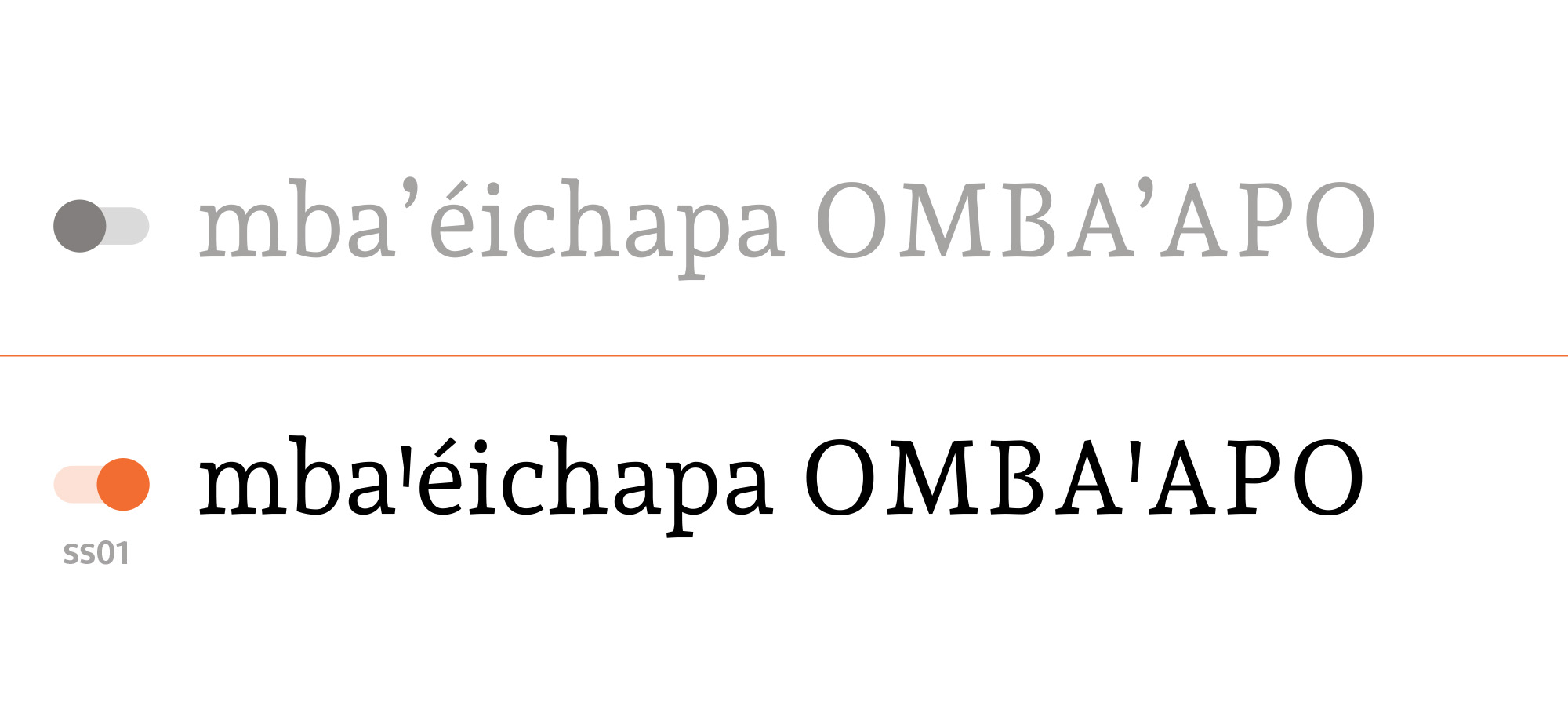
[ss01] - GUARANIThis feature replaces default apostrophe or quotesingle glyphs (U+0027 or U+2019) with the corresponding saltillo glyph (U+A78B - U+A78C, lower- uppercase). It only happen if the apostrophe or quotesingle is between vocals.
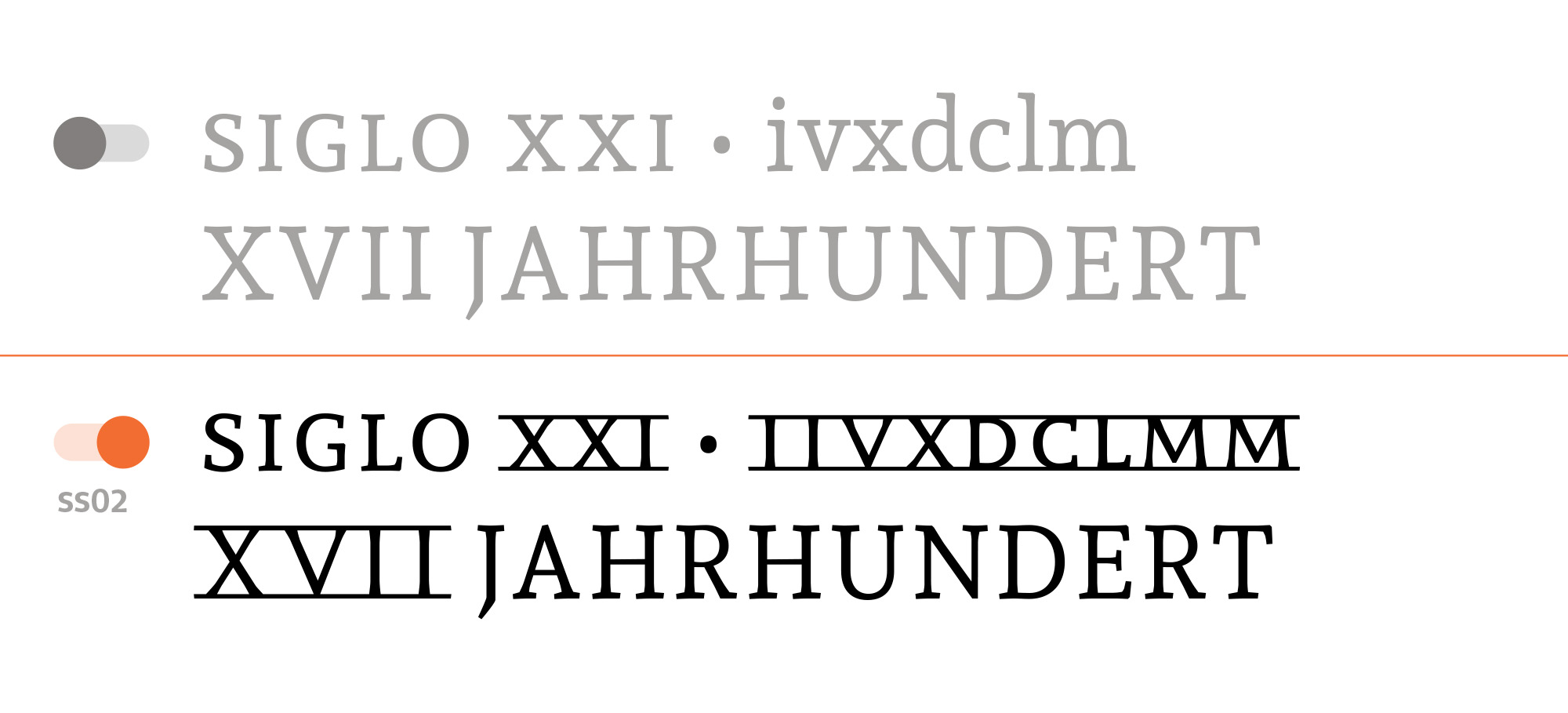
[ss02] - Romans NumbersThis feature replaces i v x d c l m glyphs with the corresponding glyphs forms from the roman numbers.

[ss03]Andada ht has two designs for cedilla, connected and unconnected.
This feature replaces default cedilla connected glyph with the corresponding unconnected form.
The default cedilla form is the connected one.
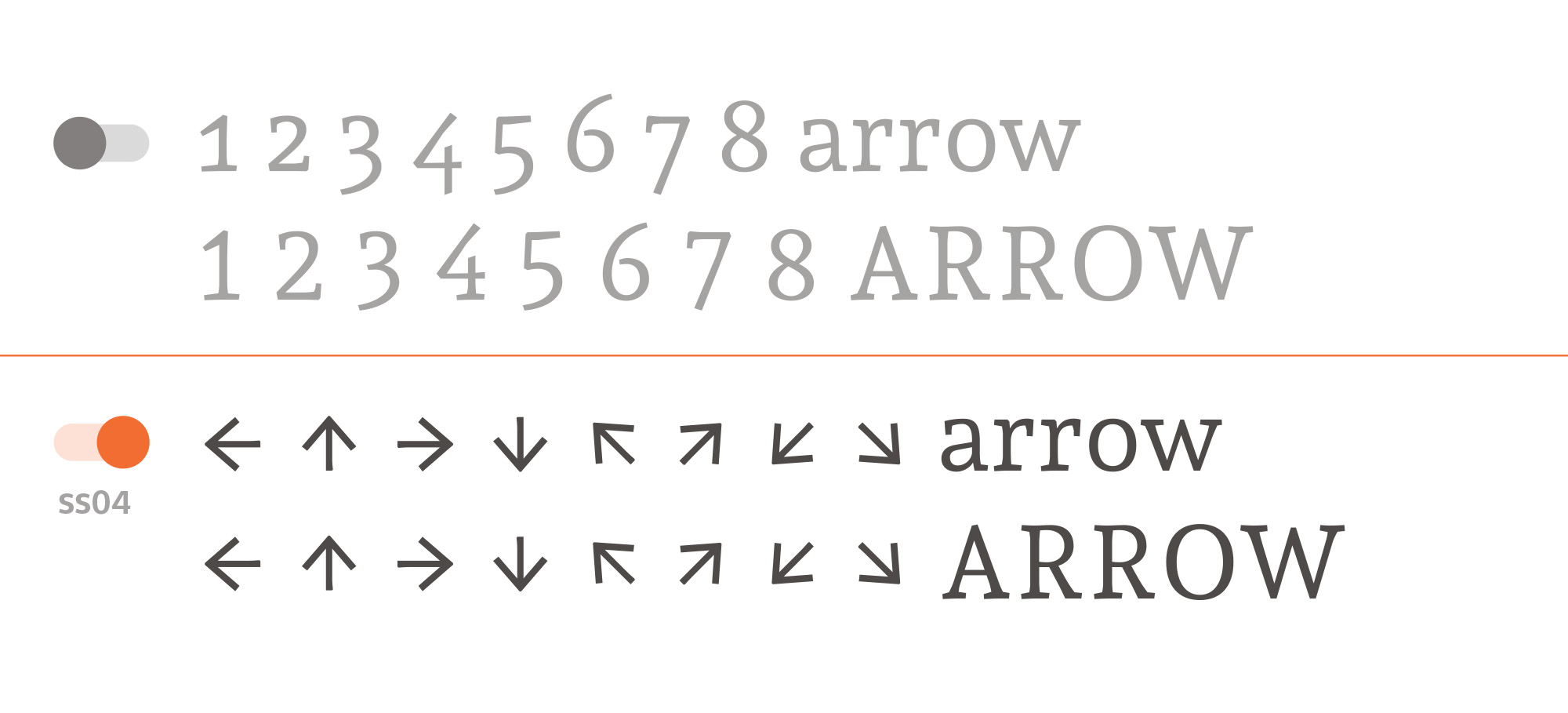
[ss04] - ArrowsThis feature replaces 1-0 glyphs with arrows glyphs forms.
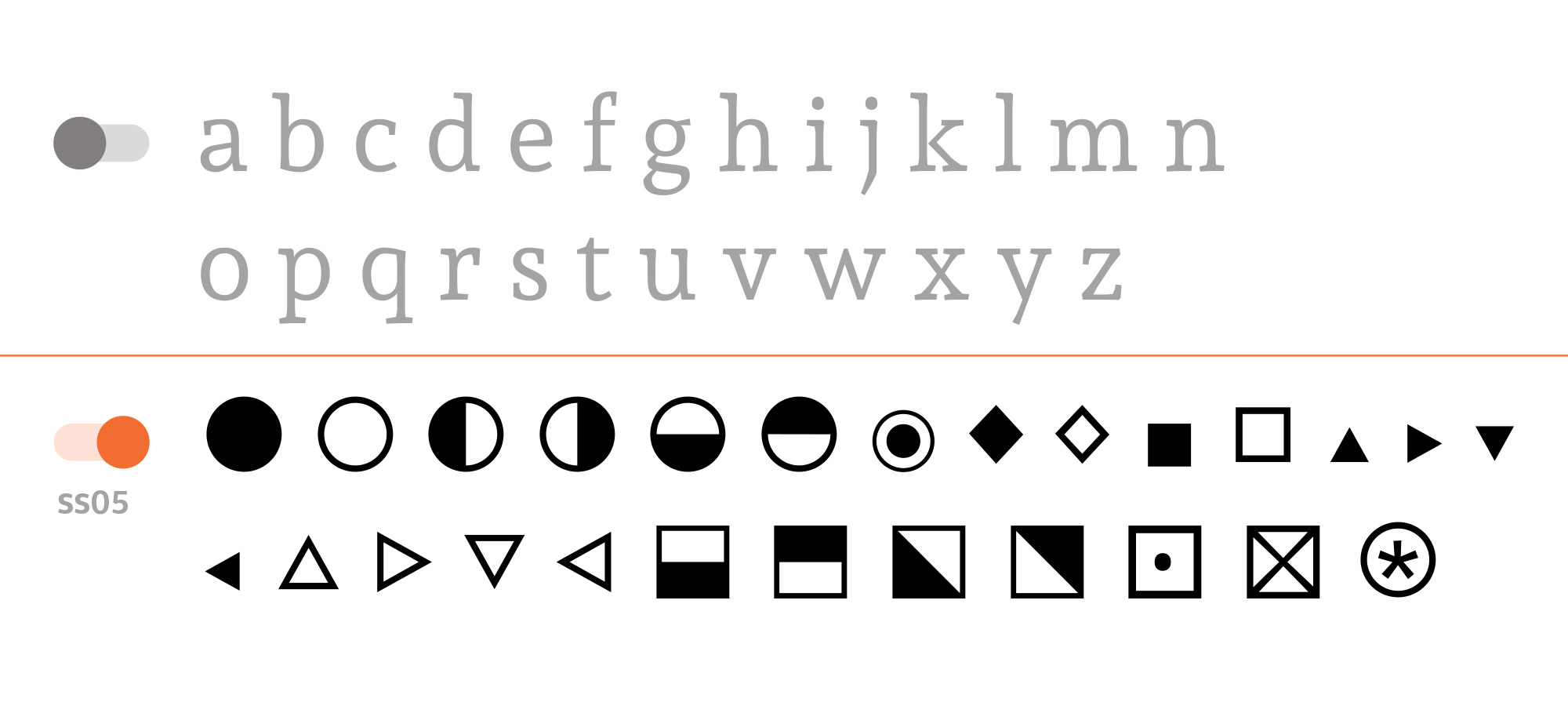
[ss05] - GeometryThis feature replaces a-z glyphs with geometrical glyphs forms.
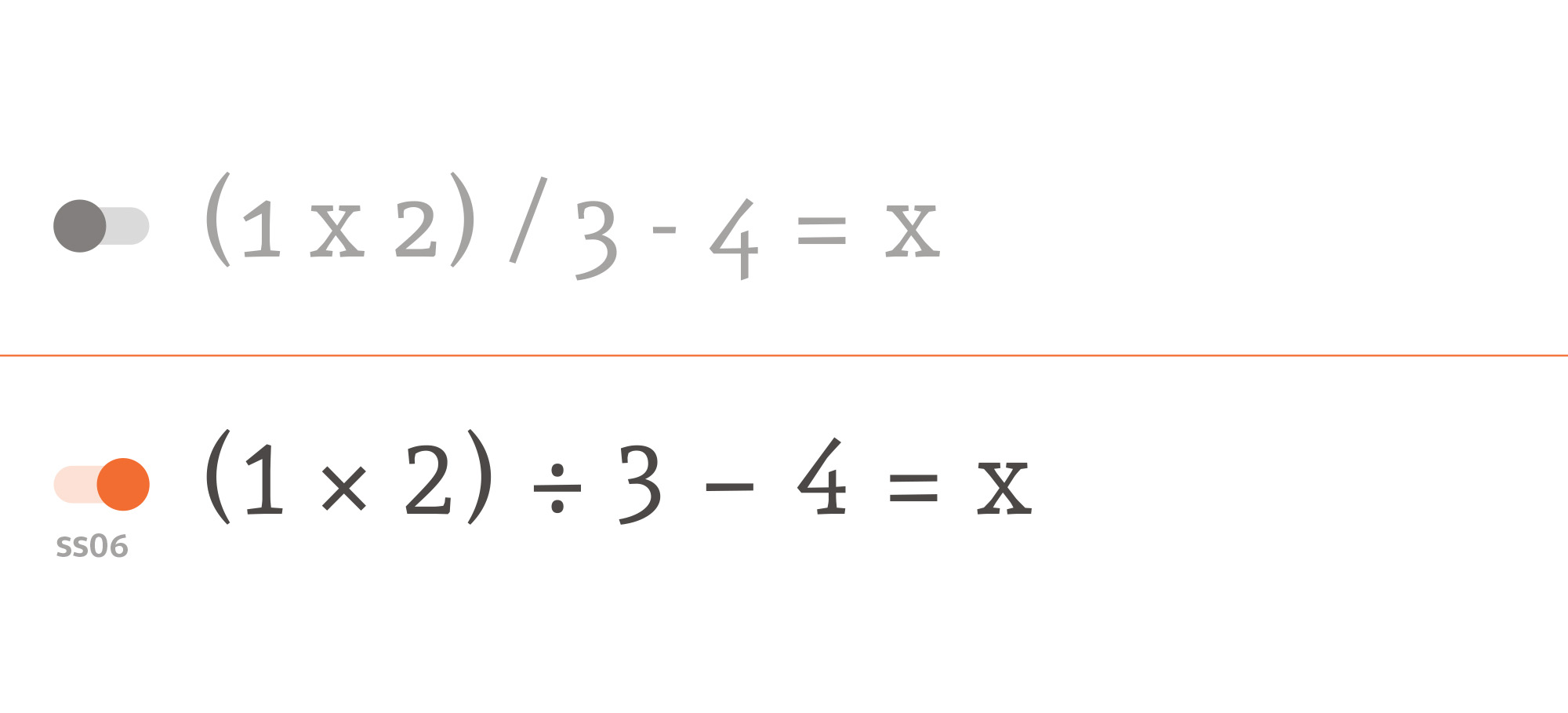
[ss06] - Mathematicals signsThis feature replaces [x] [hyphen] and [slash] glyphs with the corresponding mathematicals glyphs forms [multiply] [minus] and [divide].
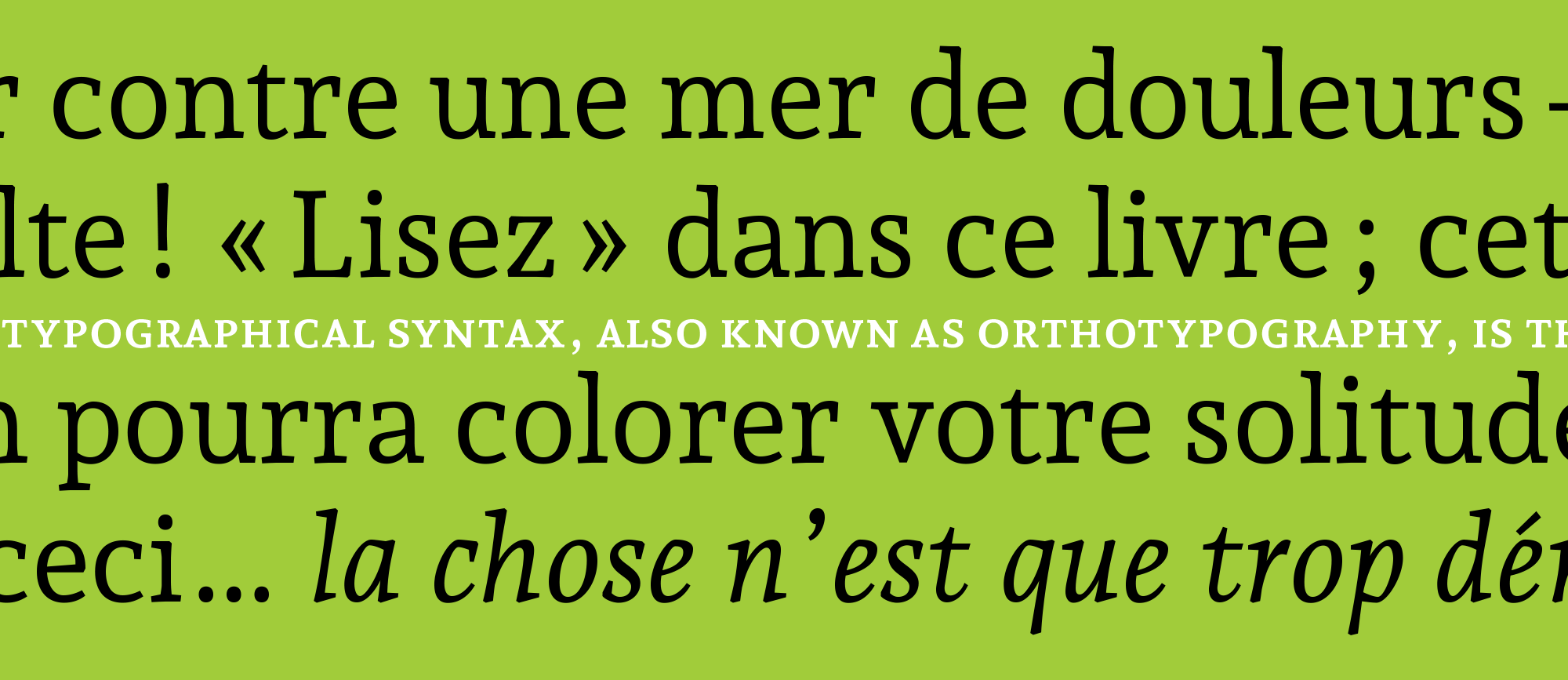
A number could be written in figures (numbers: 1 2 3…) or in letters (words: one, two, three…).
The figures have the same hierarchy as the words and both have to observe the same orthographic and orthotypographic rules except for the hyphenation.
Figures belong to figures system and letters belong to letter system. When a text has letters and figures, both systems have to be reconciled.
The contents and the meaning of the text is important to decide if you should use figures or letters.
Usage tips:


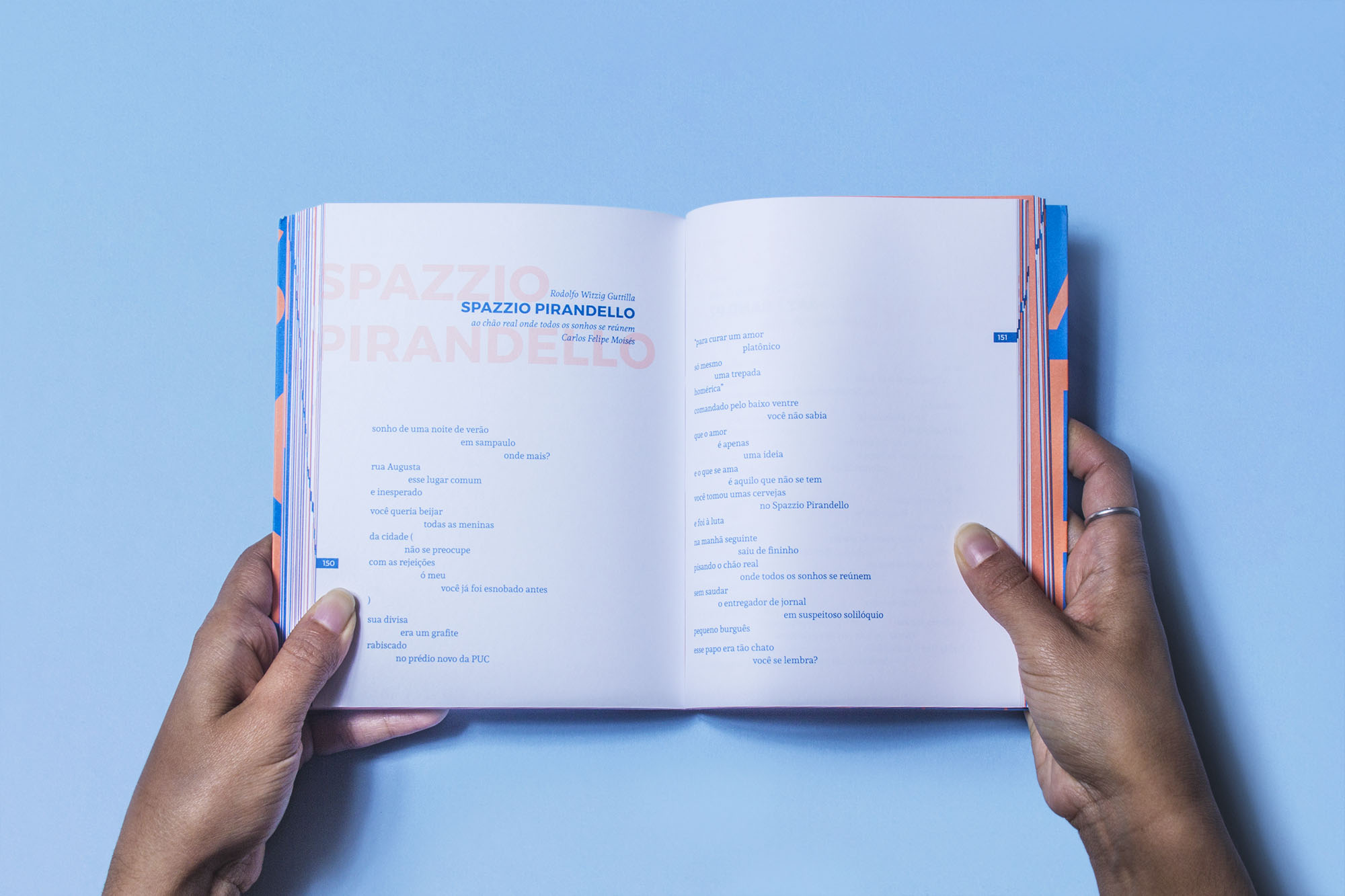

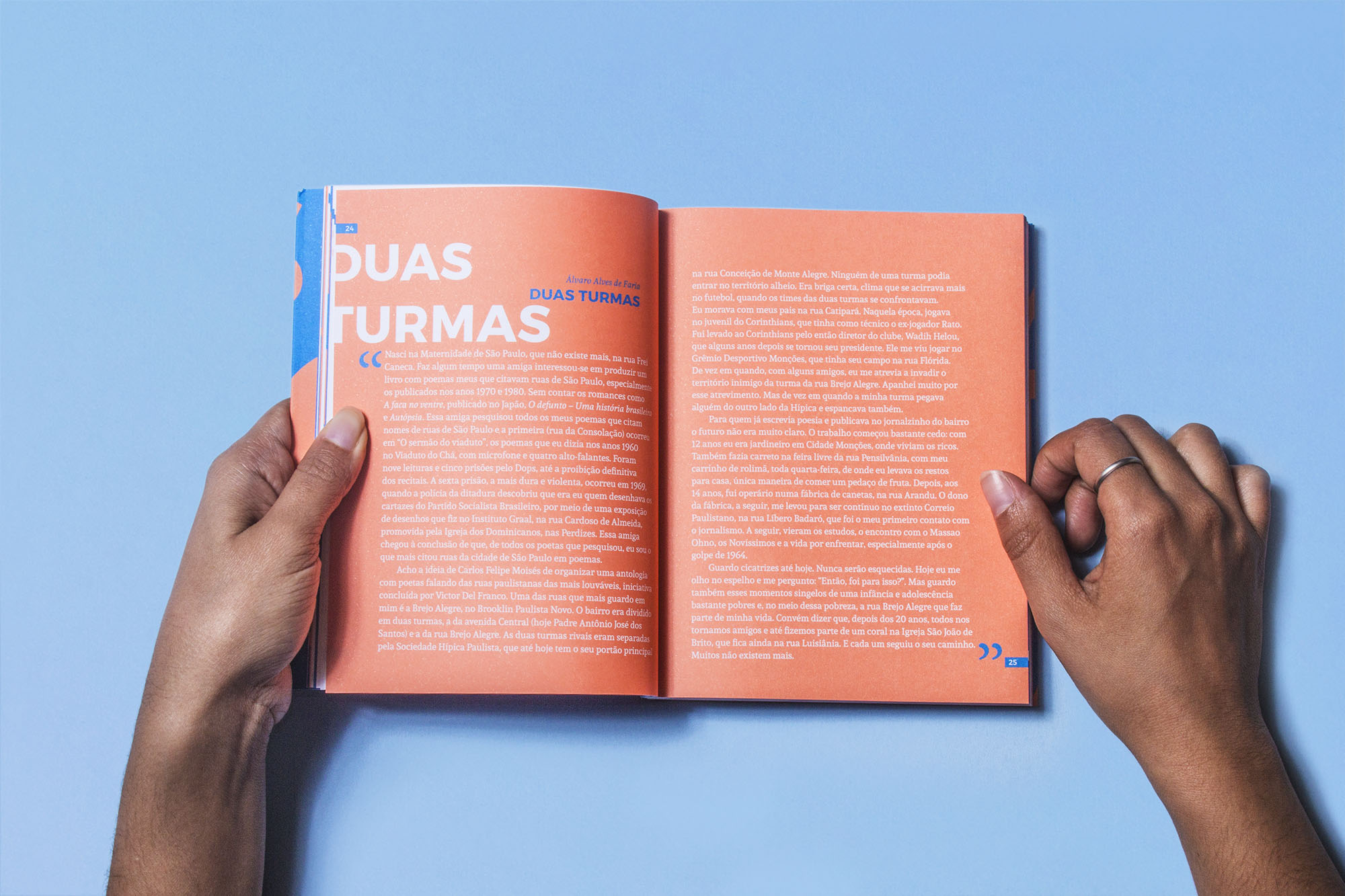
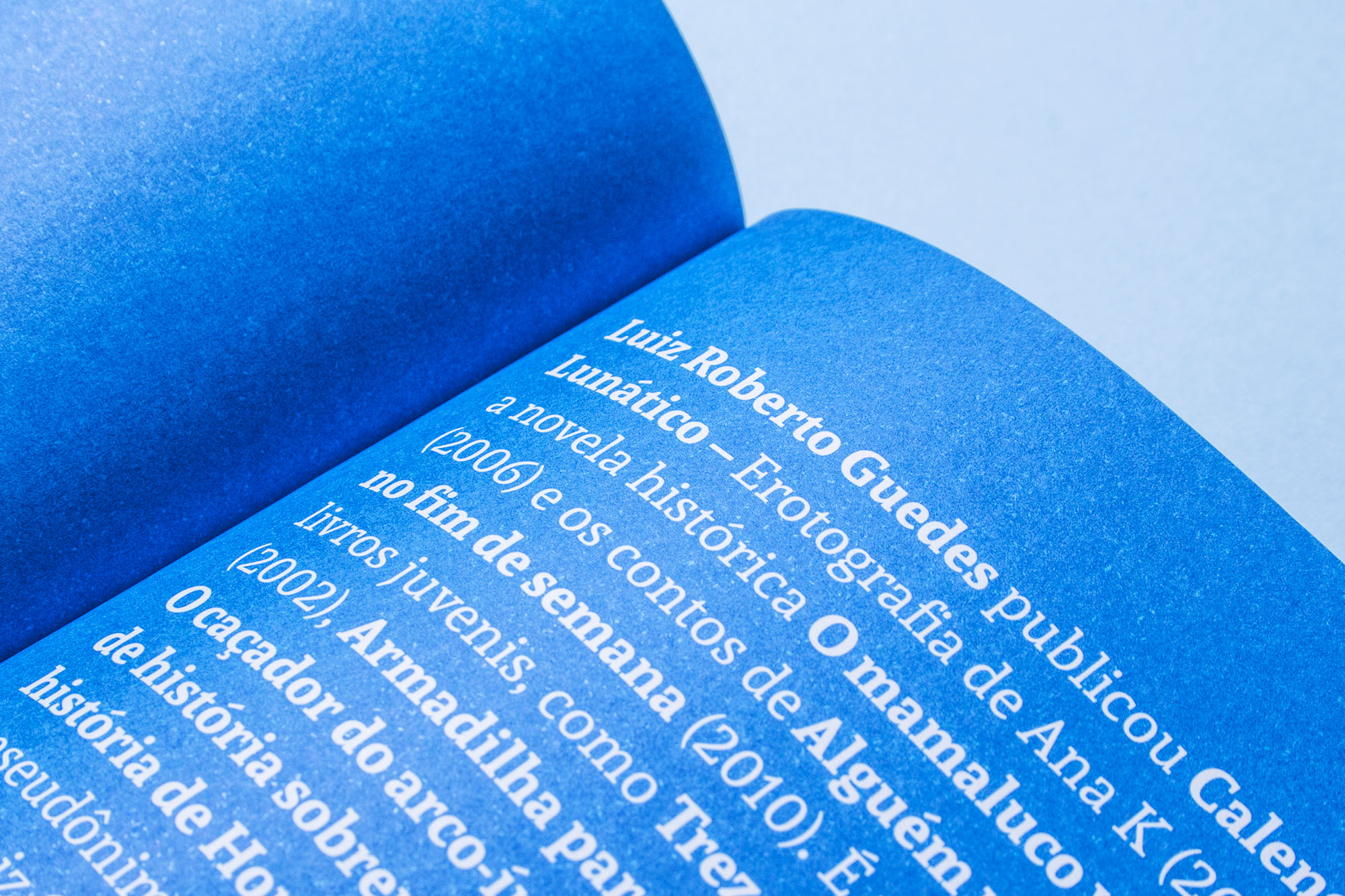
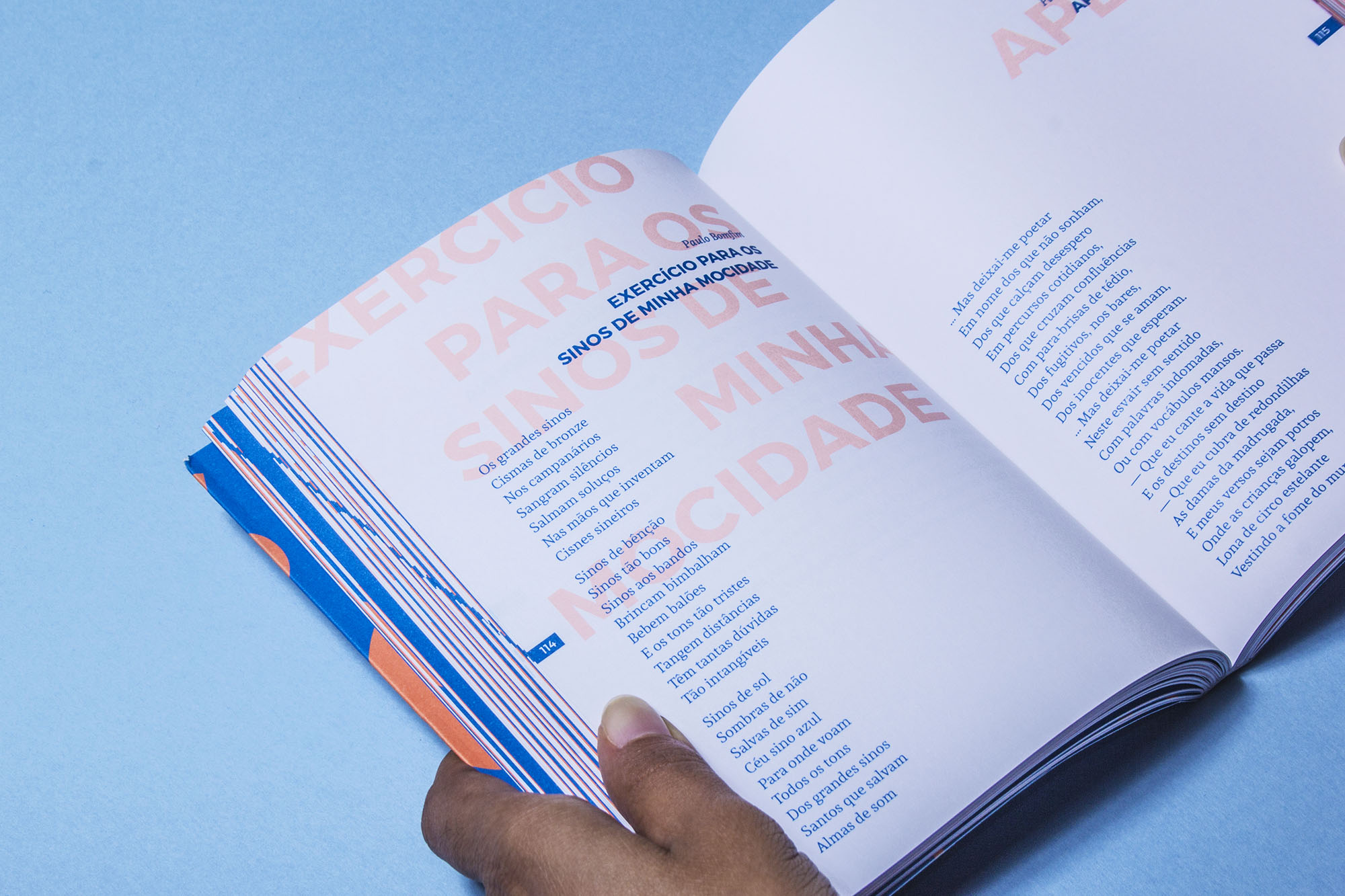
Book cover and interior pages for Transpassar, an anthology of poems about the streets of São Paulo.
The book was published by SESI-SP Editora and designed by graphic design studio Daó and Gabriela Pires.
Andada ht + Montserrat
[fontsinuse]
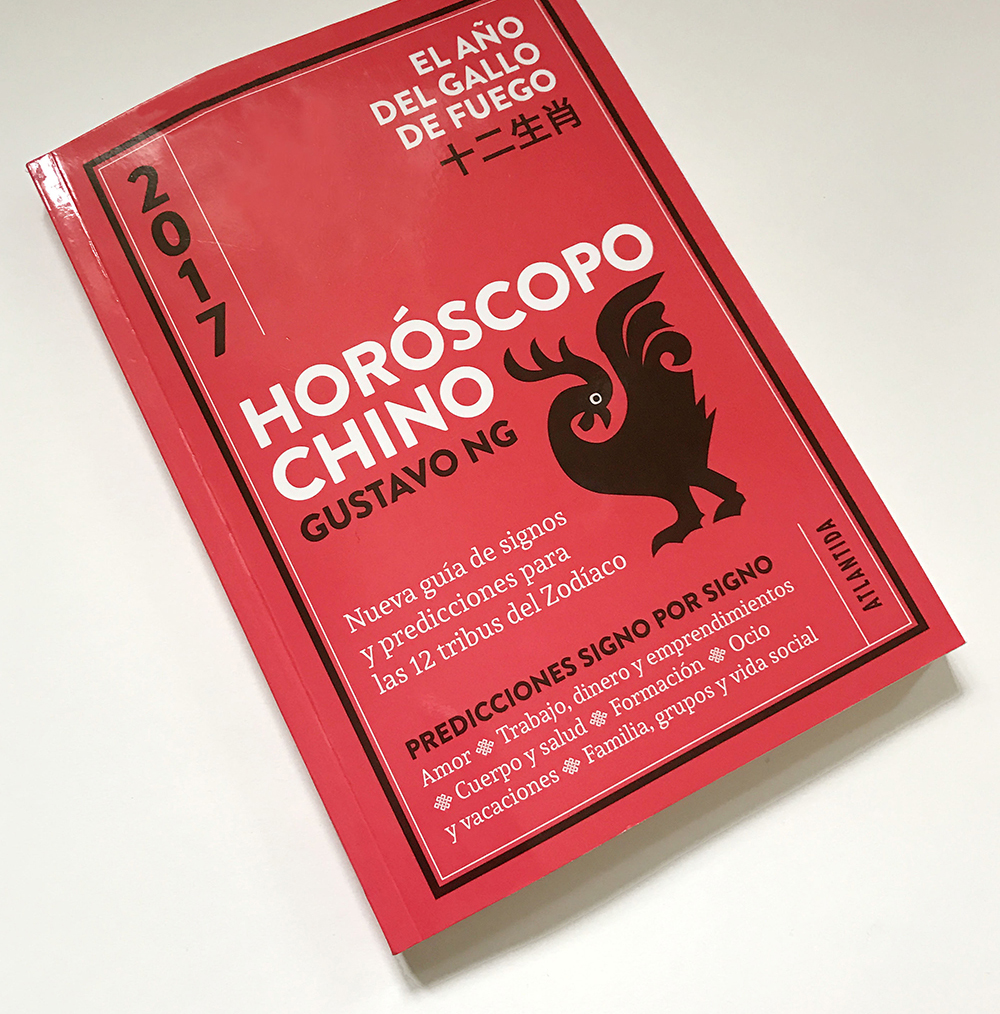
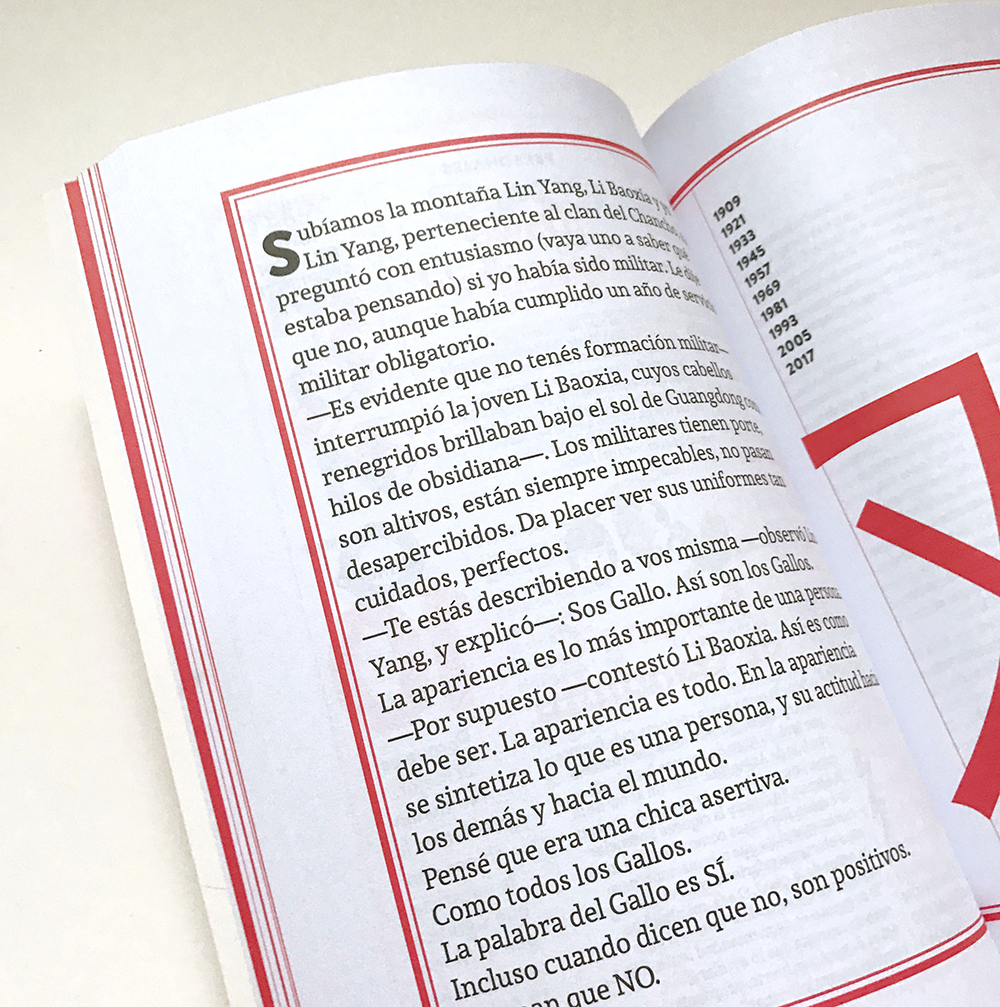
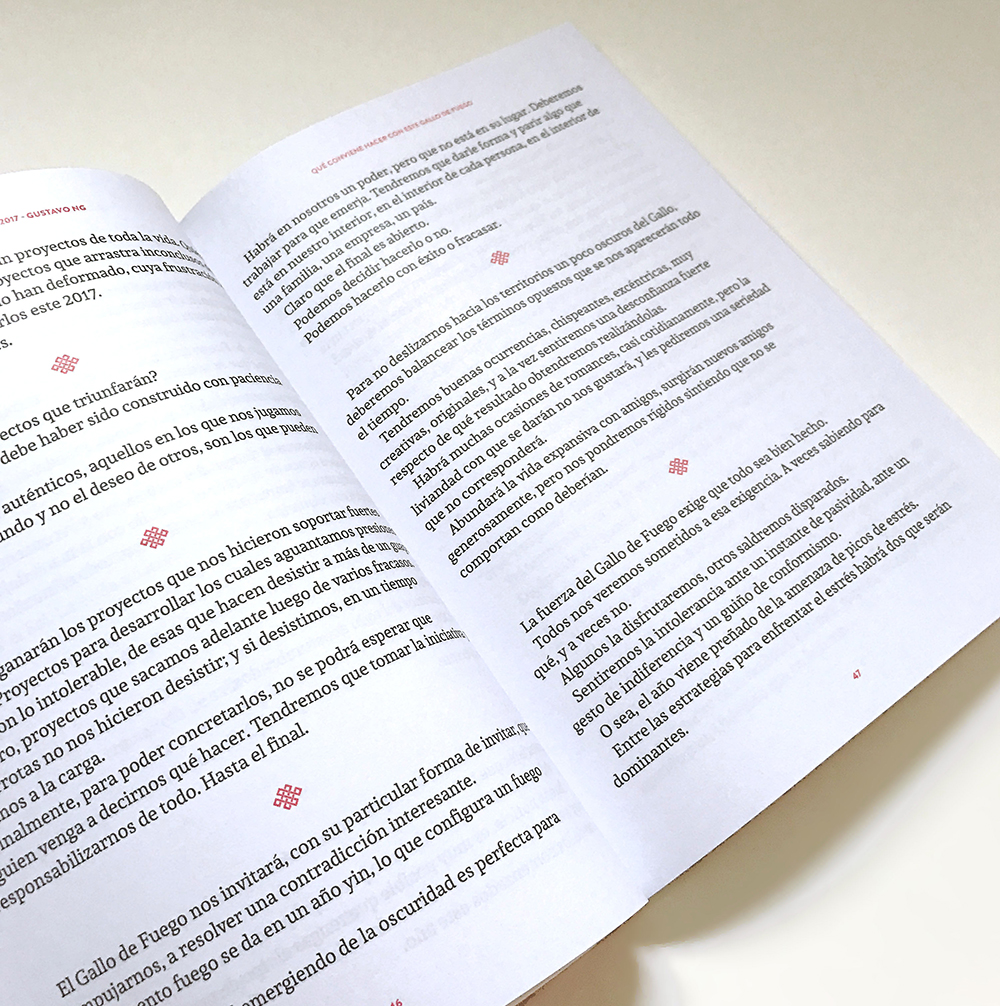
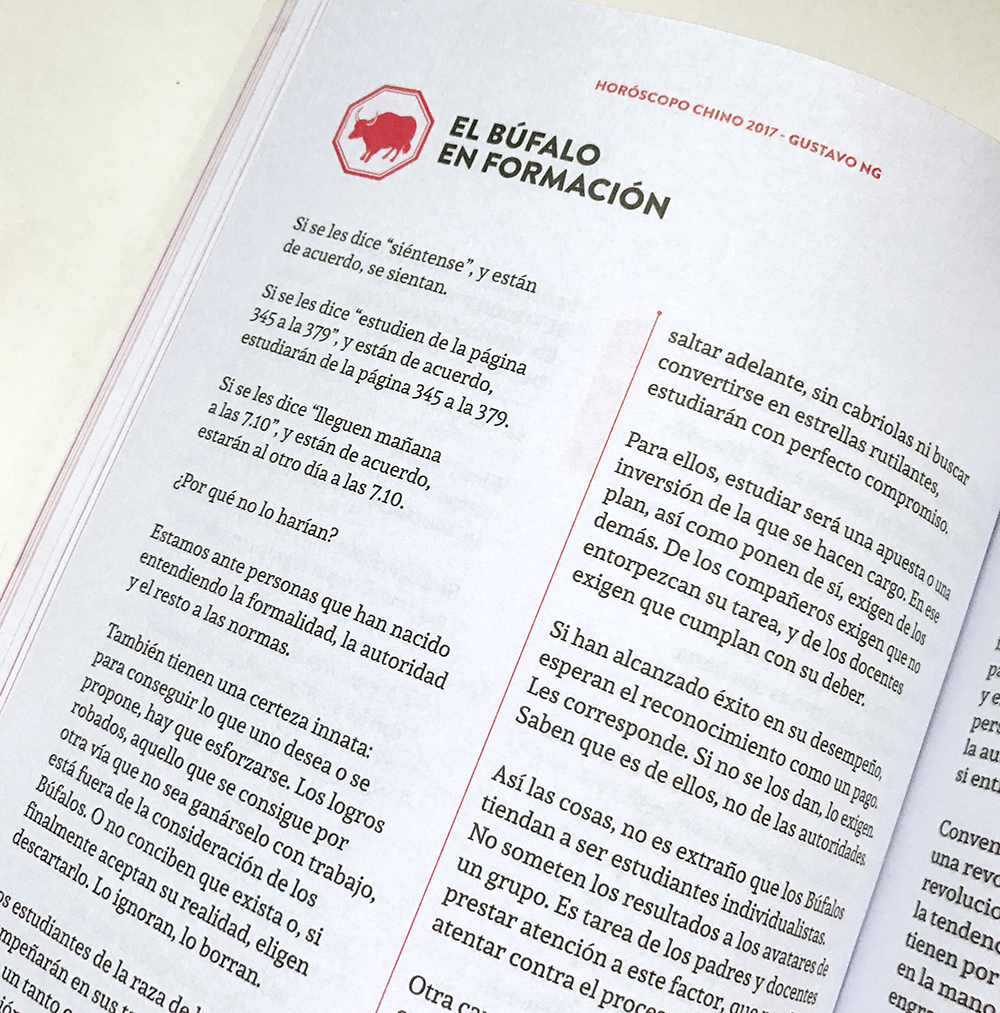


Editorial Atlantida. Designed by ZkySky
Andada ht + Brandon Grotesque + STHeiti.
[fontsinuse]
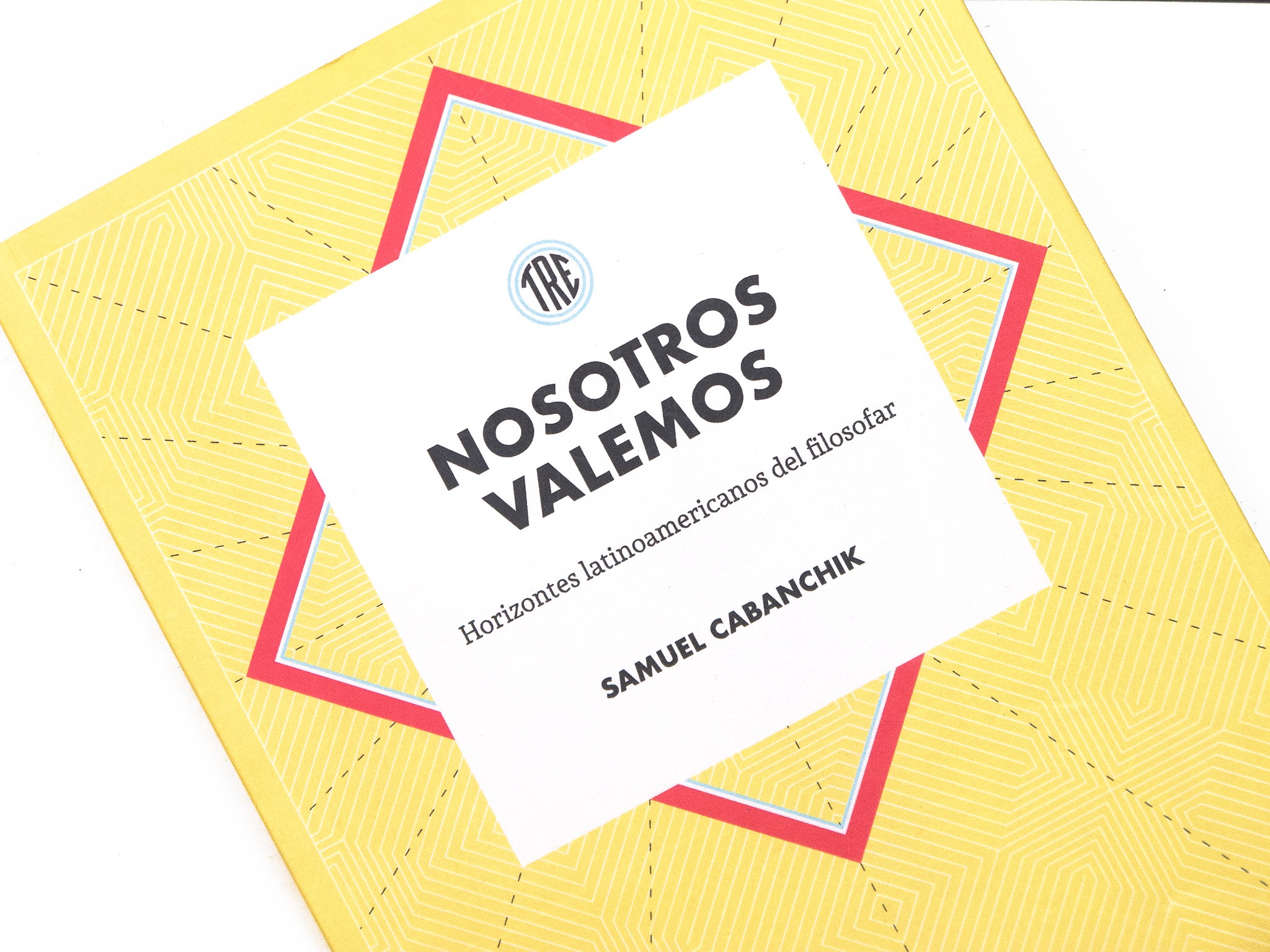
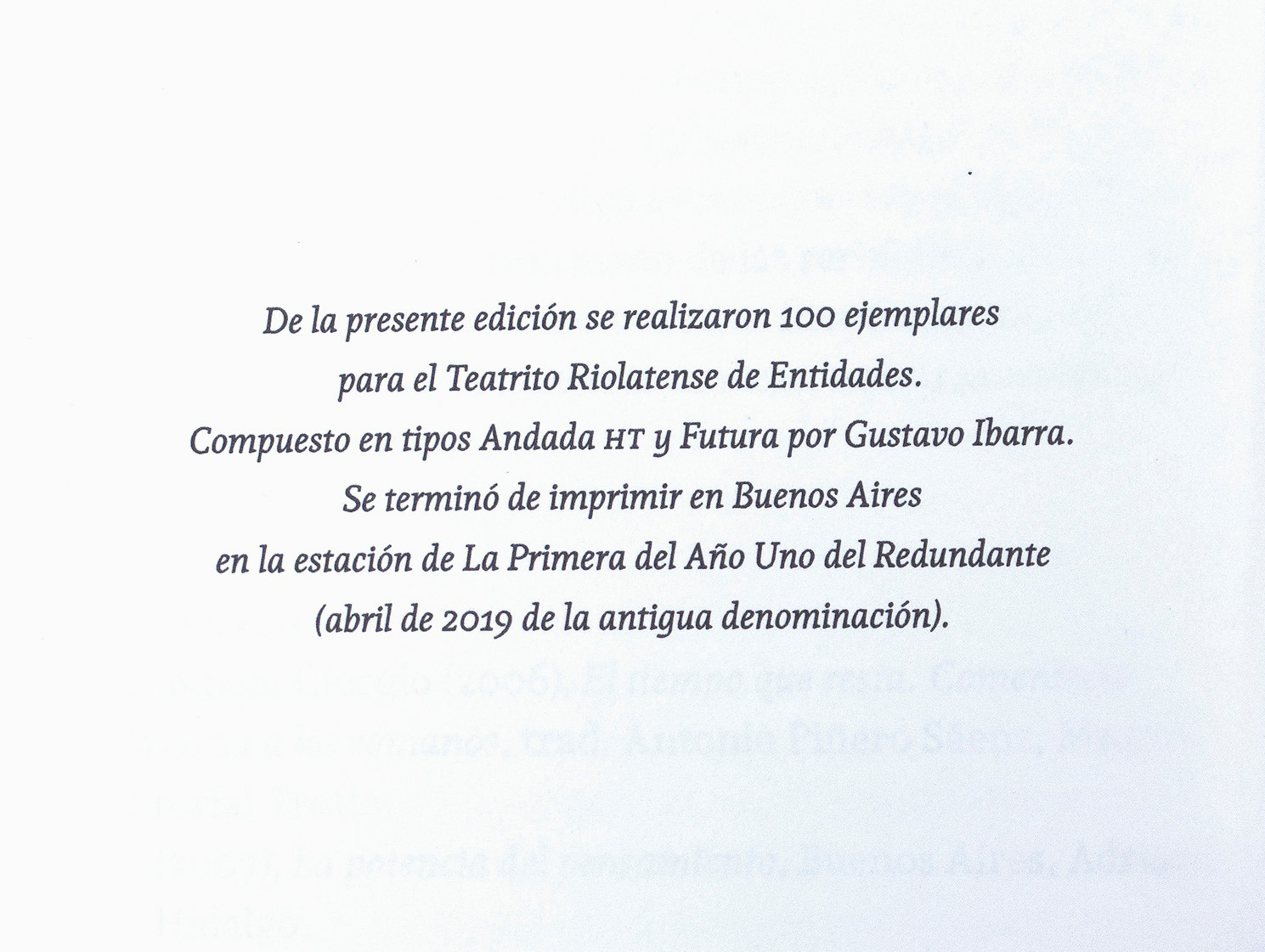

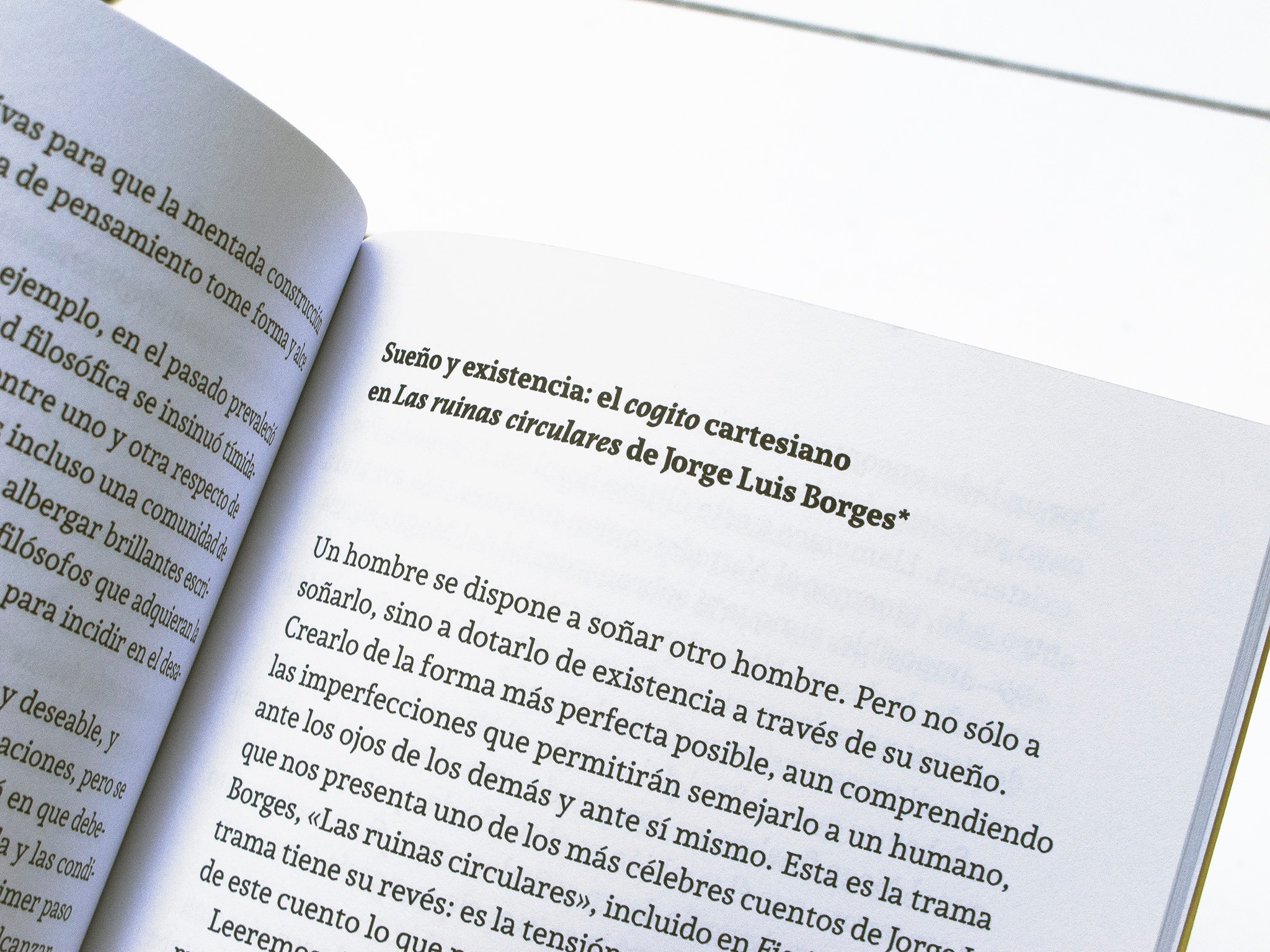
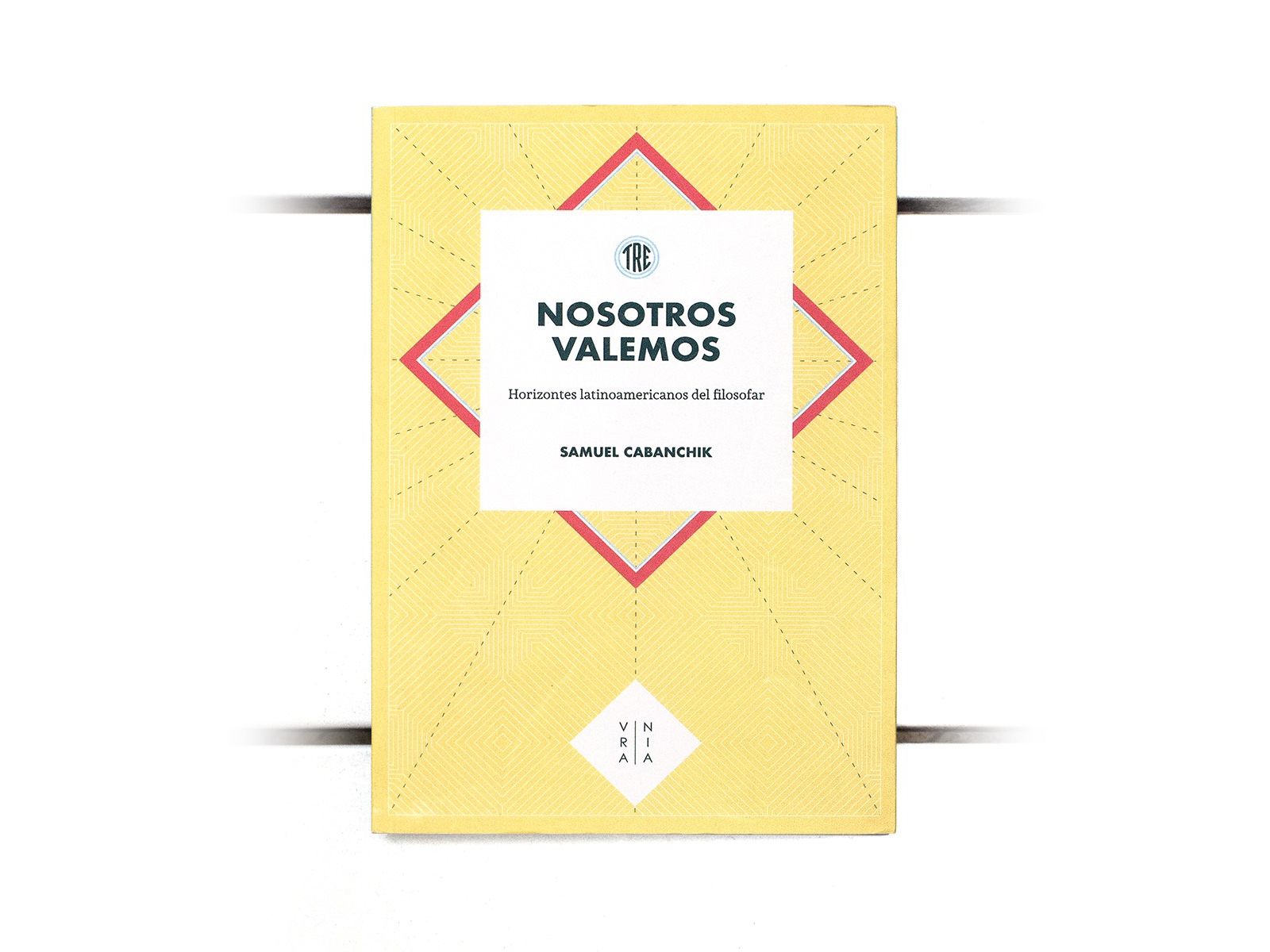
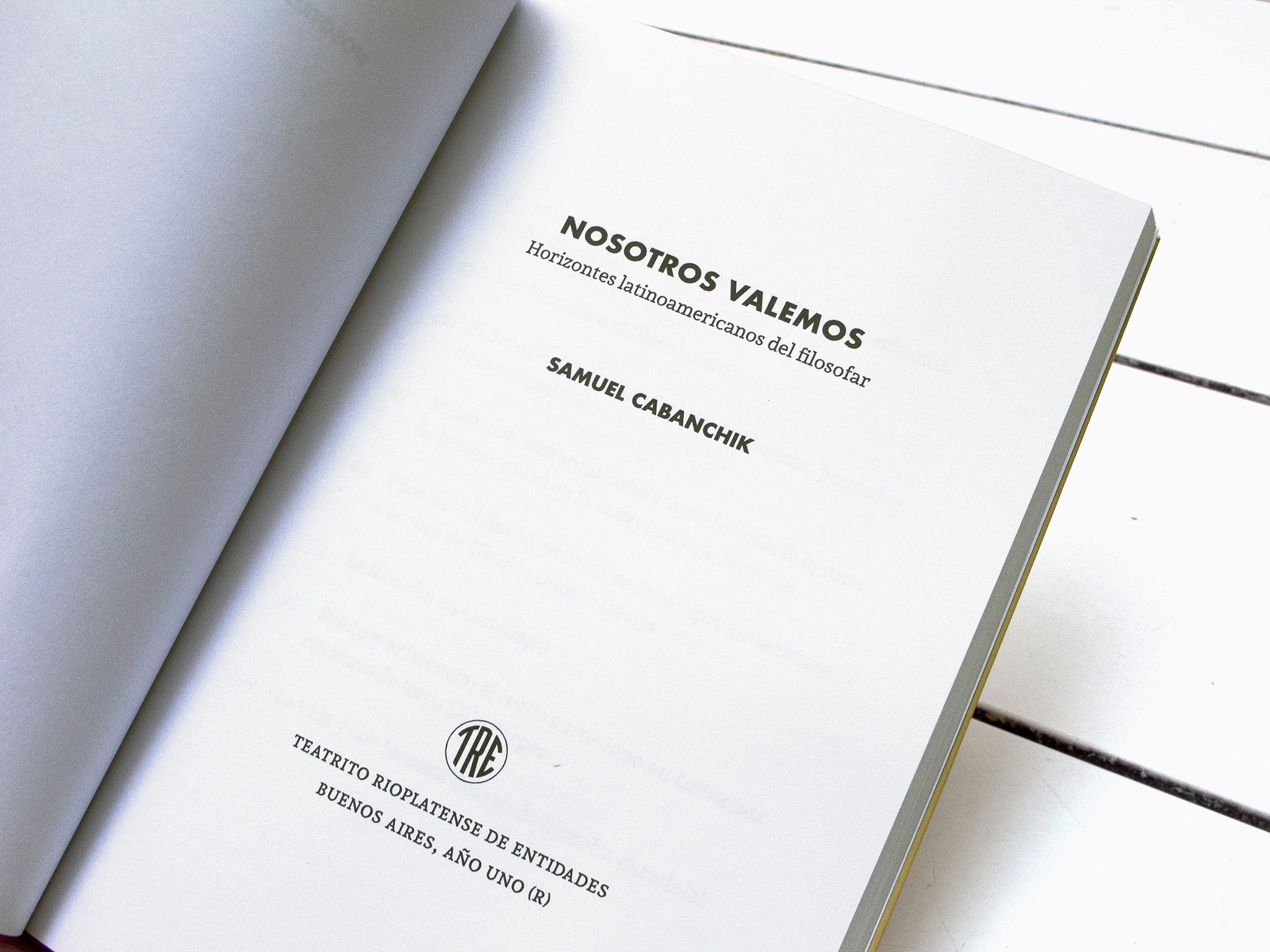
Ediciones Urania. Designed by Gustavo Ibarra y Ral Veroni.
Andada ht + Futura
[fontsinuse]
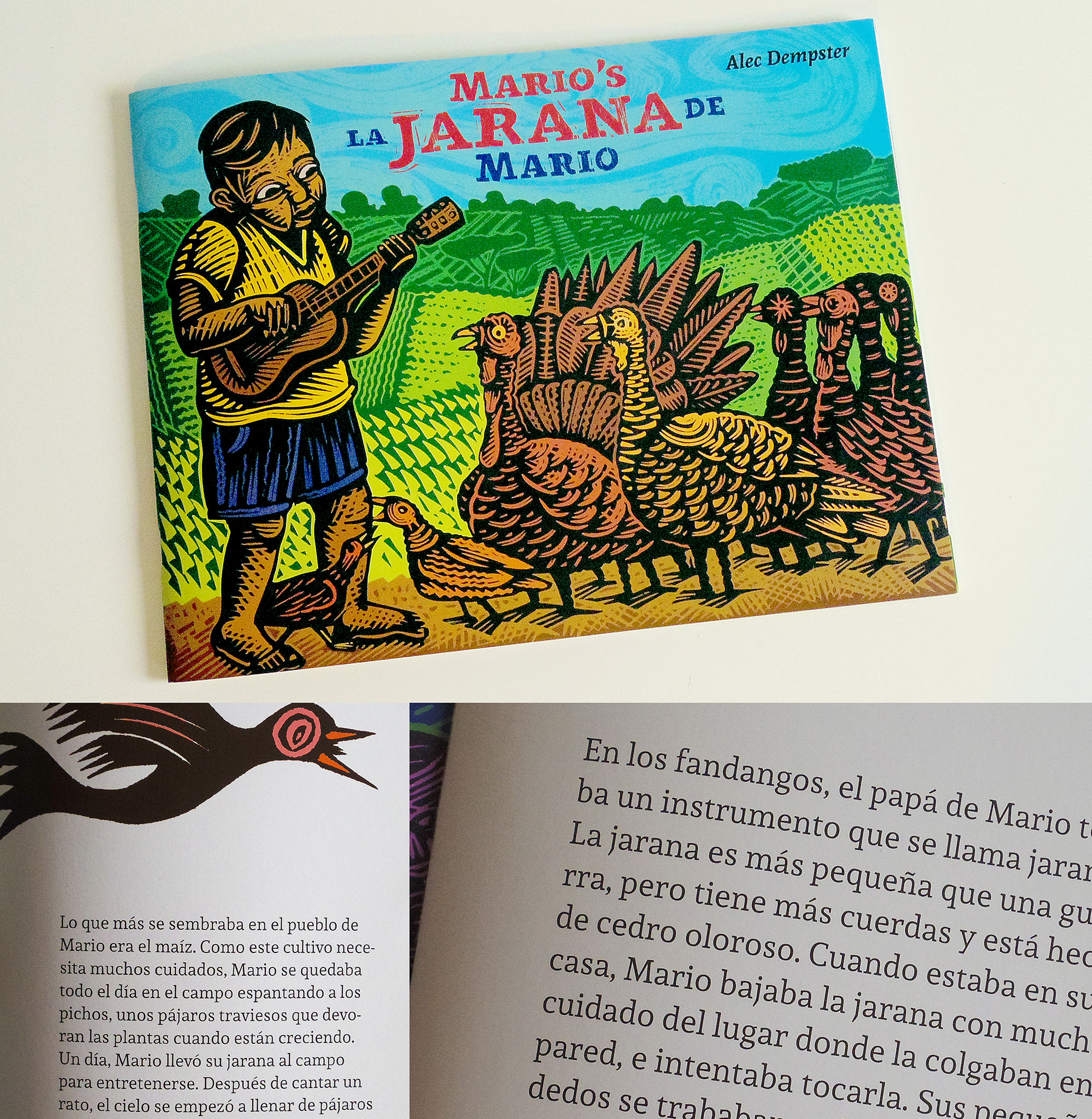



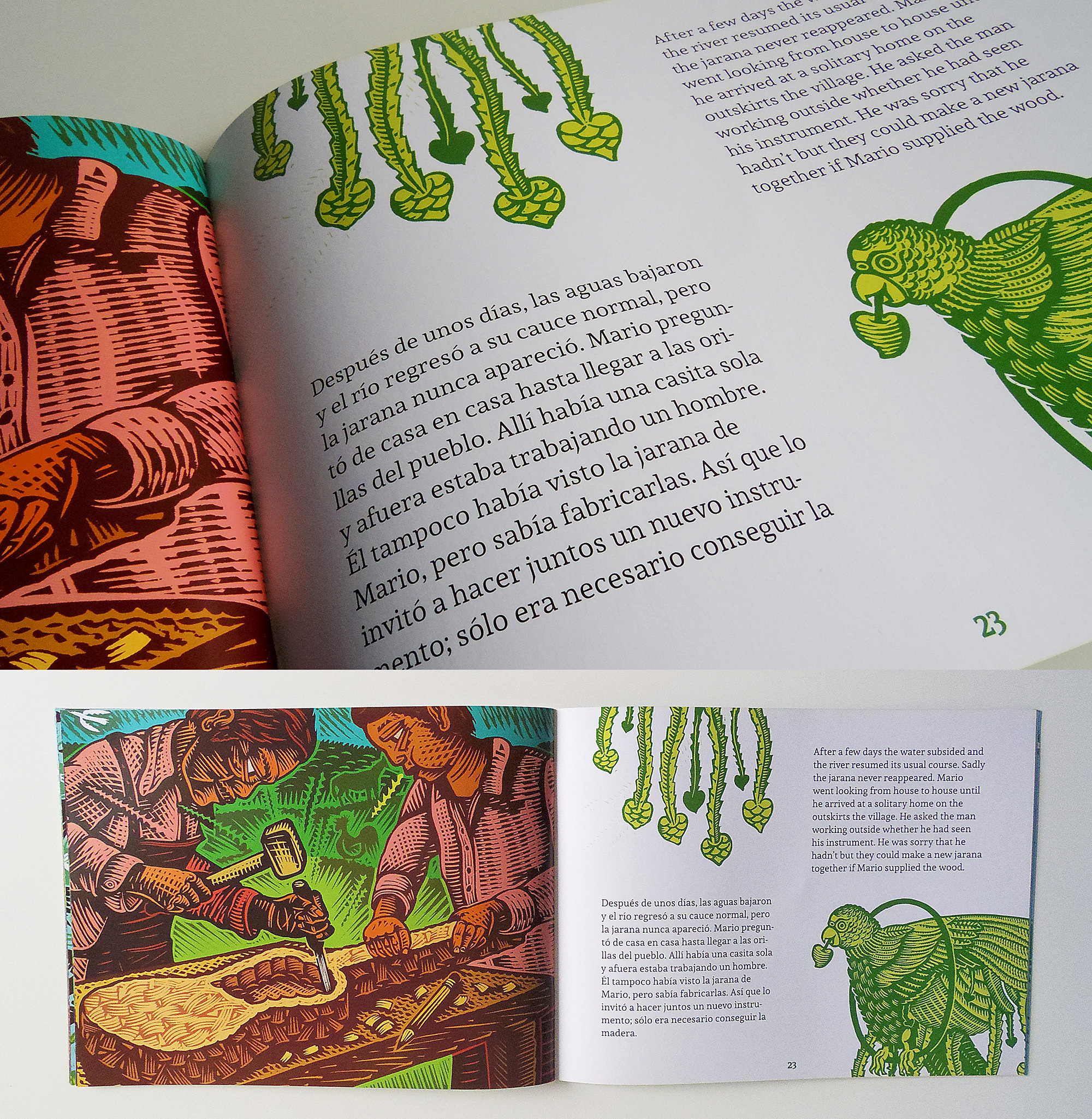

Designed by Alec Dempster and Manuel López Rocha.
Andada ht
[fontsinuse]
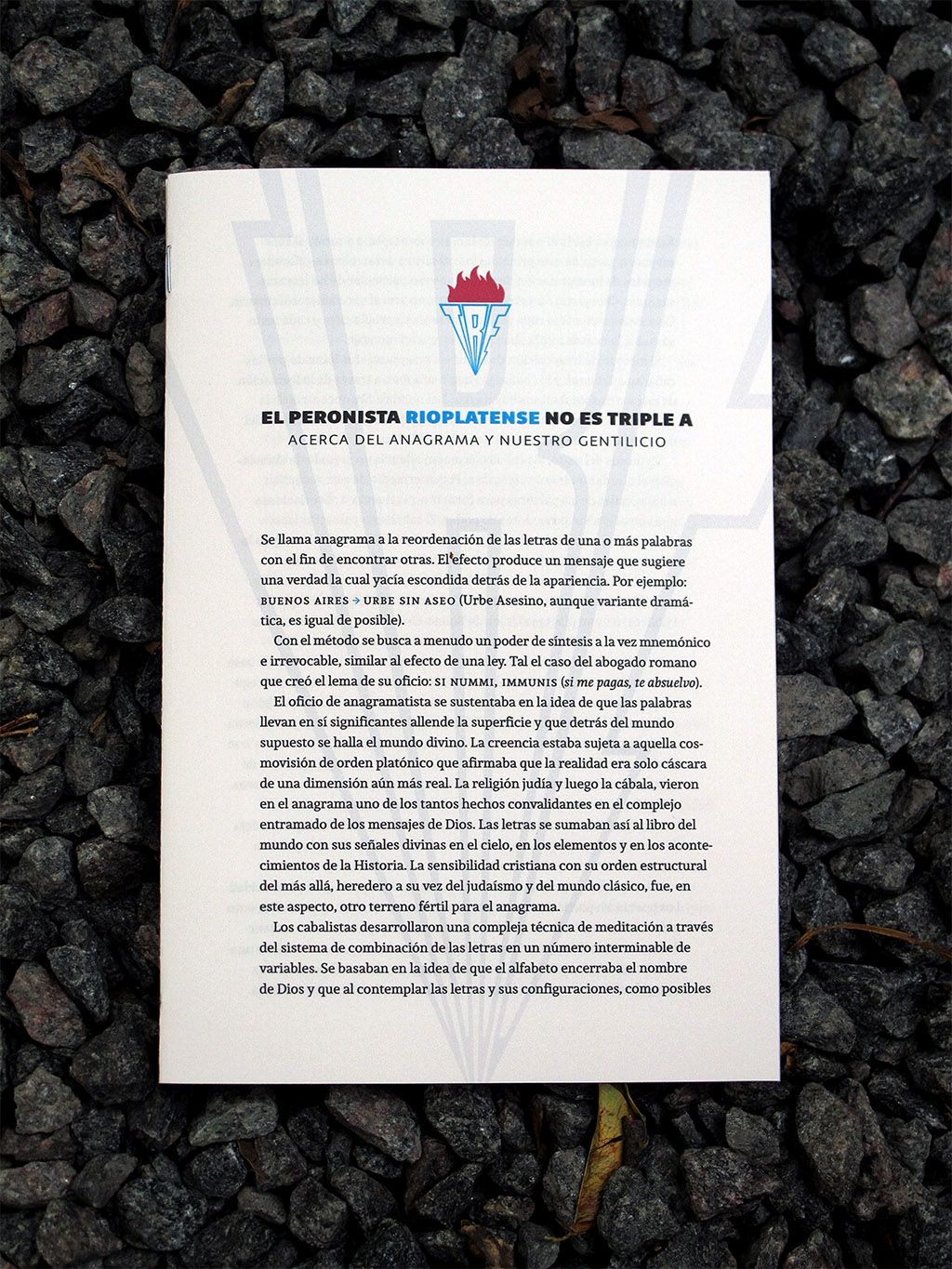
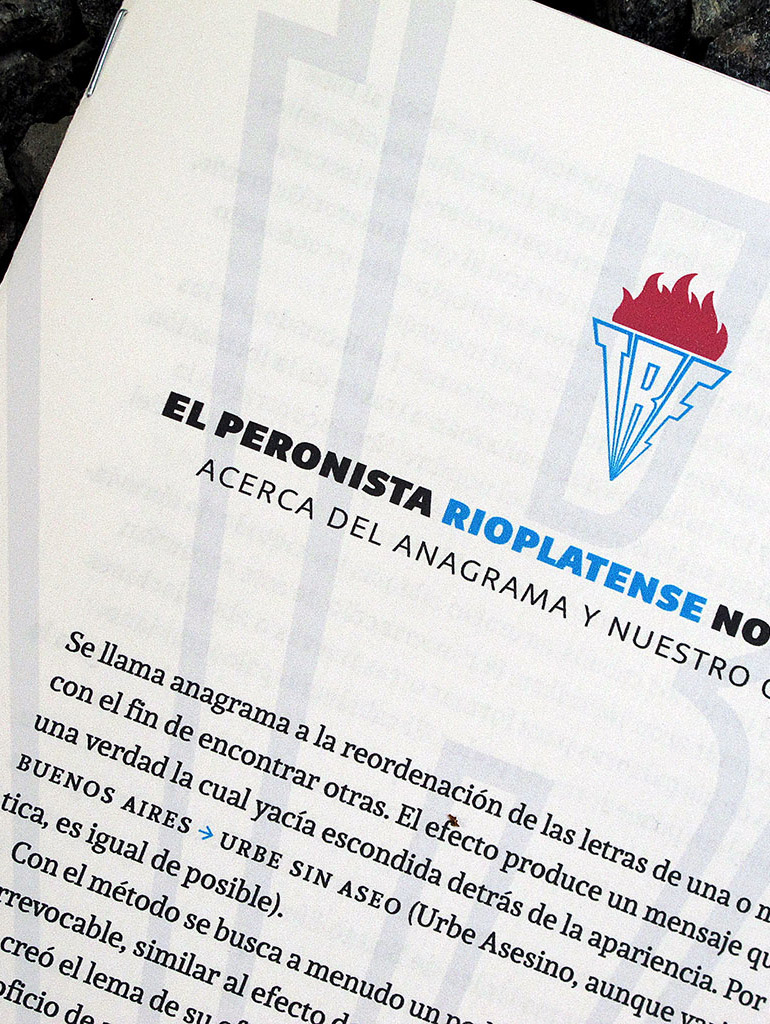
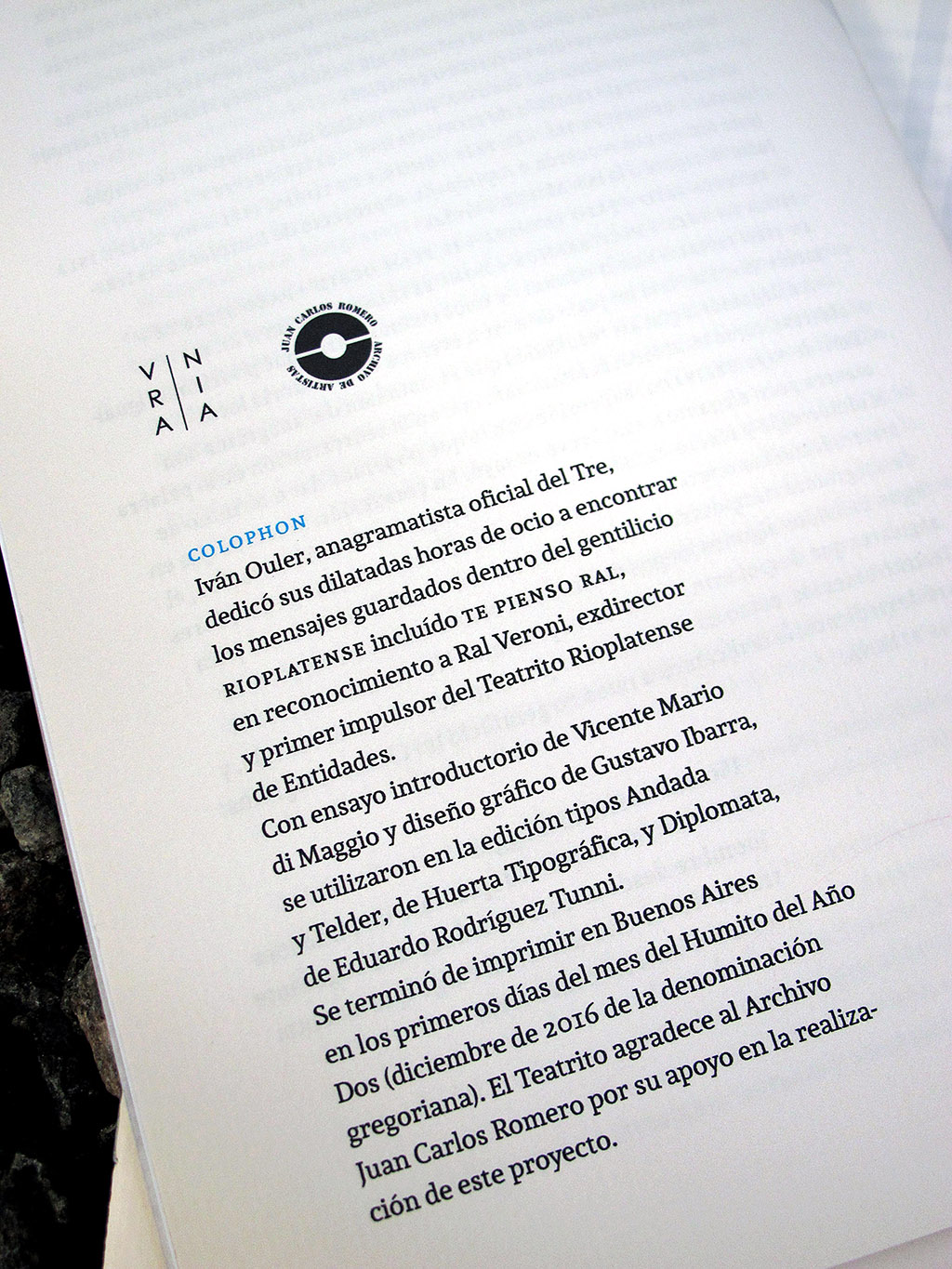
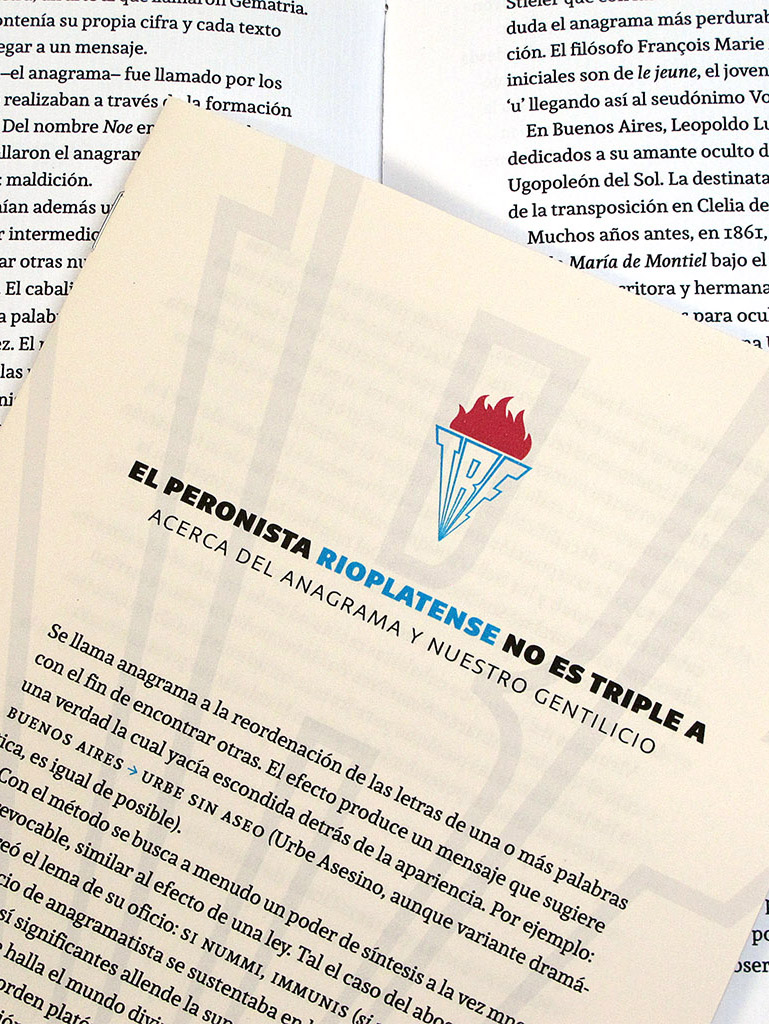

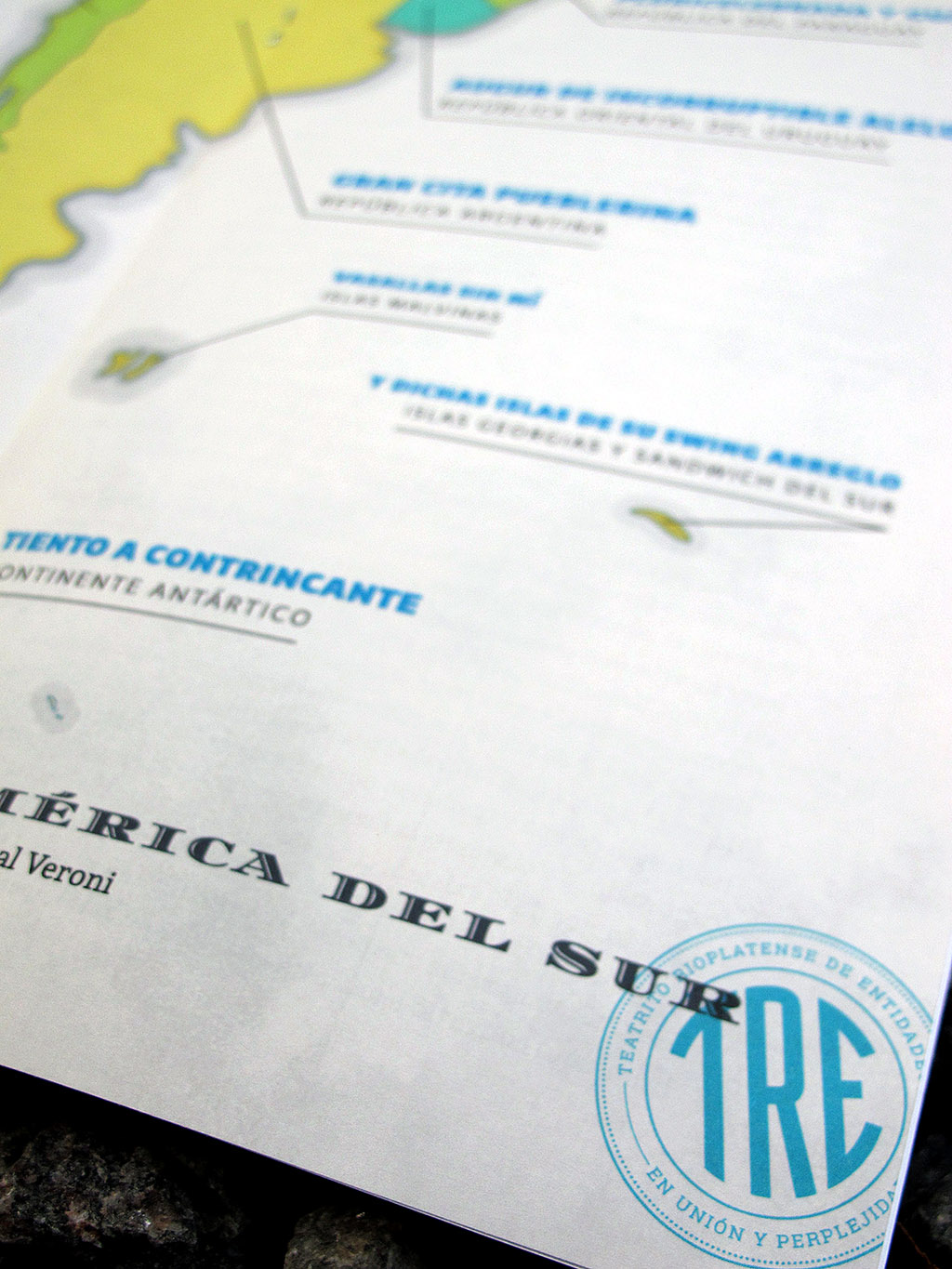
Ediciones Urania. Designed by Gustavo Ibarra y Ral Veroni.
Andada ht + Telder ht + Diplomata
[fontsinuse]
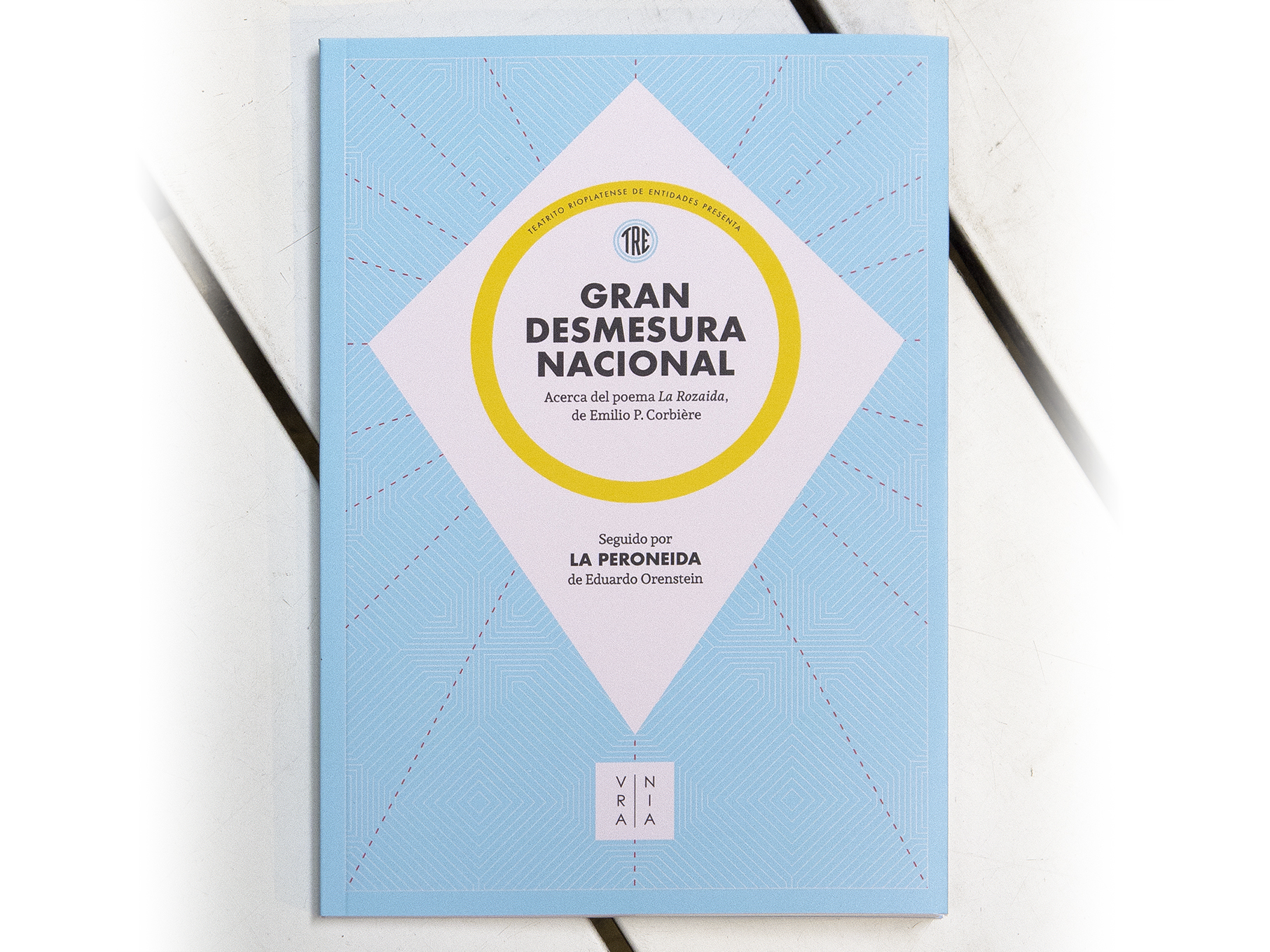
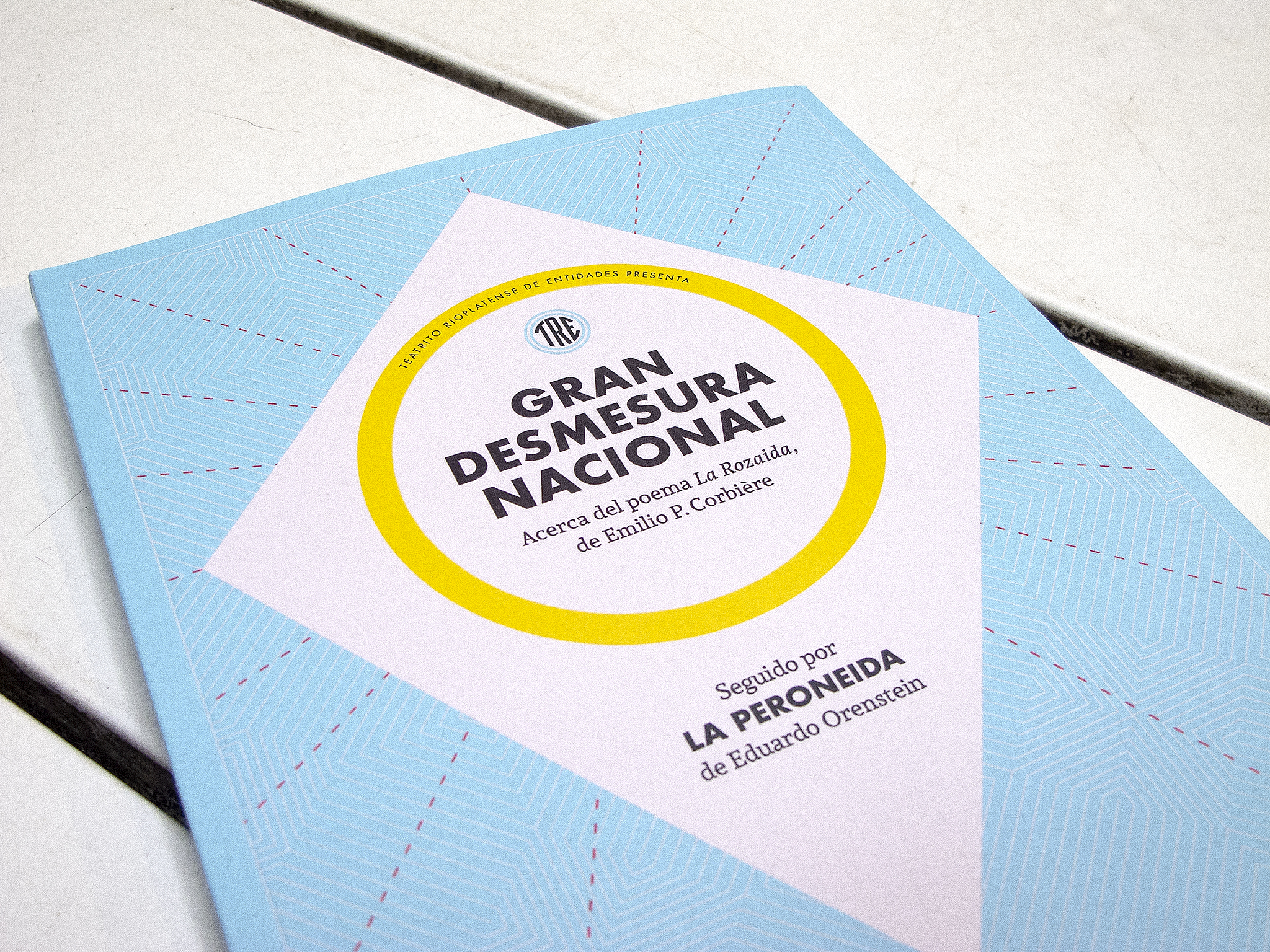

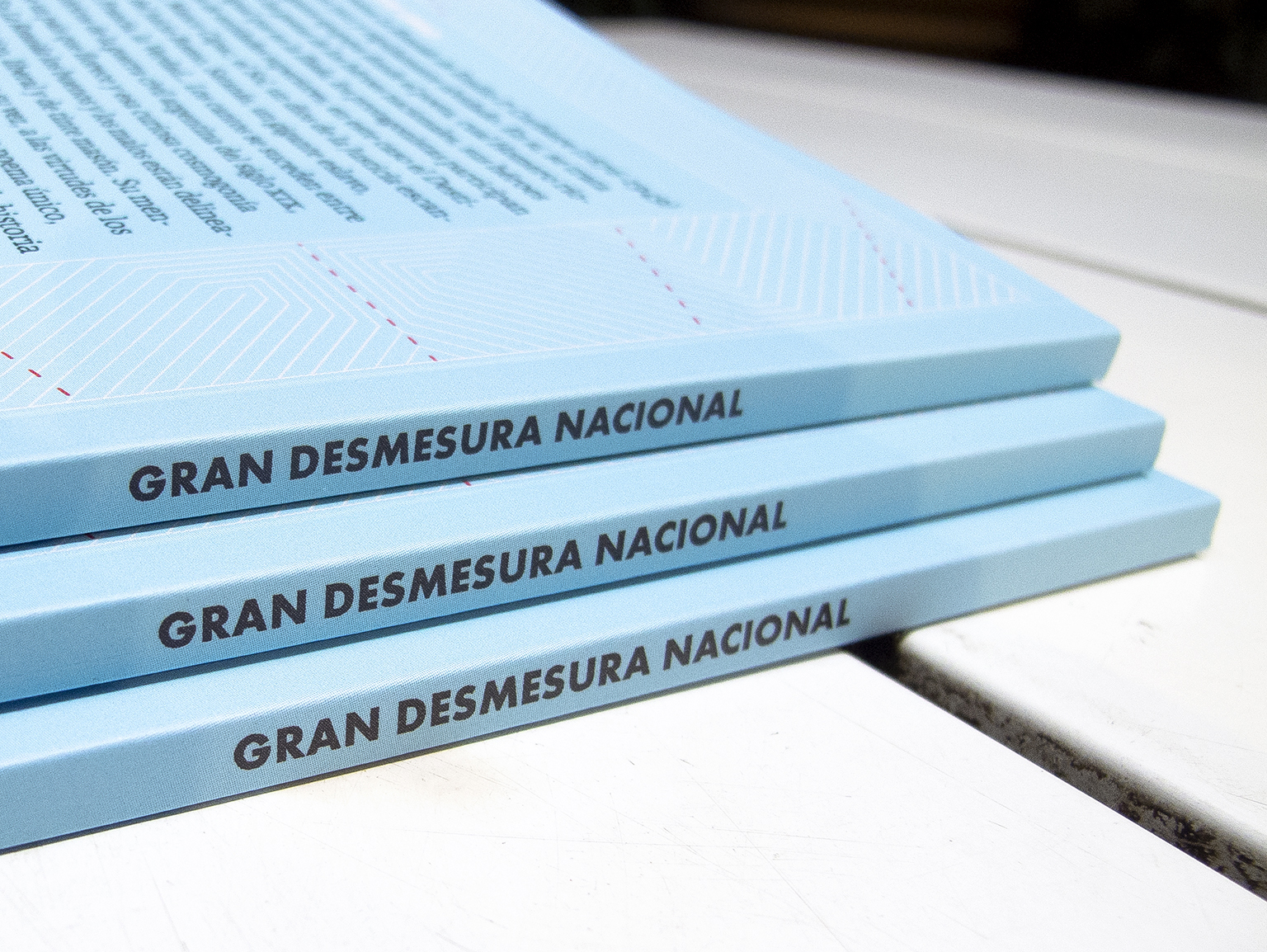

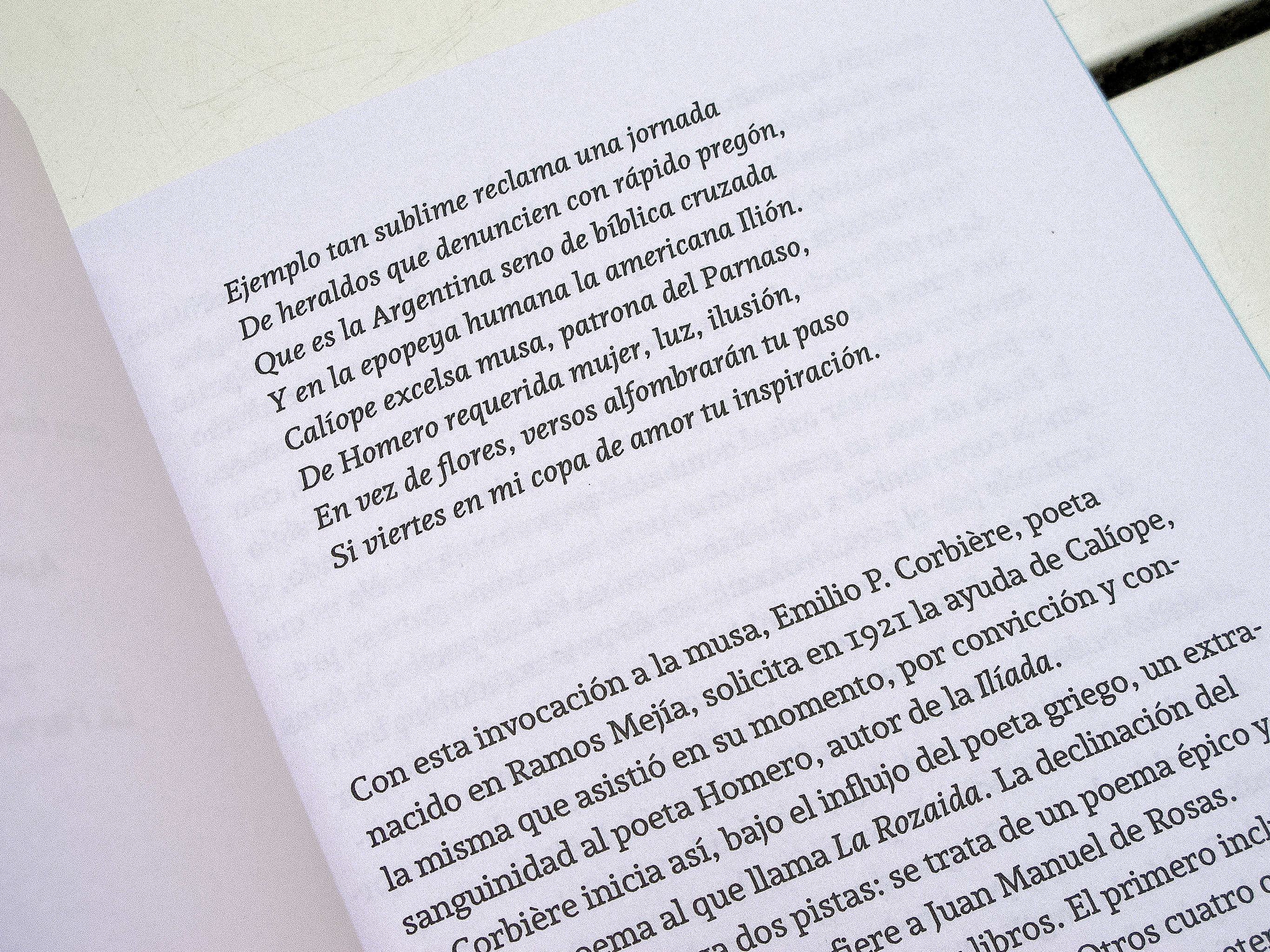
Ediciones Urania. Designed by Gustavo Ibarra y Ral Veroni.
Andada ht + Futura
[fontsinuse]

© 2019 Huerta Tipográfica. All rights reserved.